 PILGRIM'S BAG
PILGRIM'S BAG
In Emilia-Romagna there are two ways you can enjoy experiential travel to its fullest, diving into slow rhythms and a healthy lifestyle in touch with nature.
The first one is by following the 18 antichi Cammini (age-old Paths) and Vie dei Pellegrini (Pilgrimage Routes), an impressive series of paths and routes (a national record) that cut across the Emilia-Romagna region and take the tourist-traveller through places full of wonders, faith, nature, history, and hospitality.
The second one is by tasting the culinary specialties of the region’s Food Valley – 44 products overall, 19 of which are PDO and 25 are PGI, not to mention the region’s 24 PDO wines (22 Doc and 2 Docg), 9 PGI wines (this new classification is replacing the previous one, i.e. Igt), 17 Slow Food Sites and over 400 local products registered with the Atlante Ministeriale and known and beloved at international level, so much so that over the years they have become tourist products.
When these two options meet, the result is Bisaccia del Viandante, a project by Apt Servizi Emilia-Romagna, in cooperation with Assessorato all’Agricoltura of the Emilia Romagna region, which aims at promoting the high-quality European and local products that may be found along the route, according to season. You may choose: a packed lunch to enjoy while travelling, a specific menu to taste at one of the facilities and restaurants along the path, or a culinary “souvenir” that you can take home with you. What these three options have in common is their being typical from the Emilia-Romagna region.
Balsamic Vinegar of Modena PGI
The Balsamic Vinegar of Modena PGI is a product obtained from stewed and concentrated must and vinegar through a much faster processing process than traditional balsamic vinegar and it is therefore sold at a lower price.
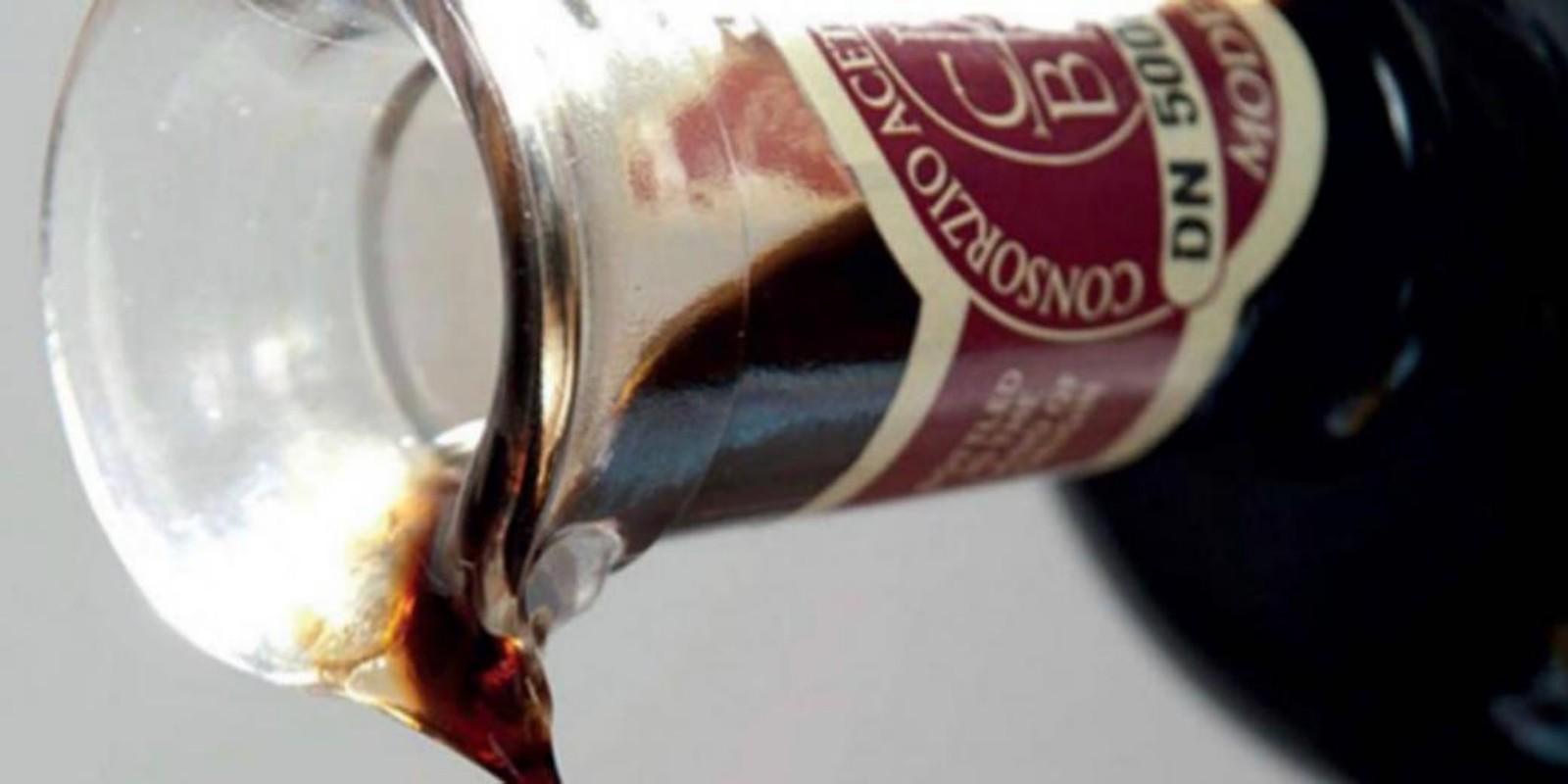
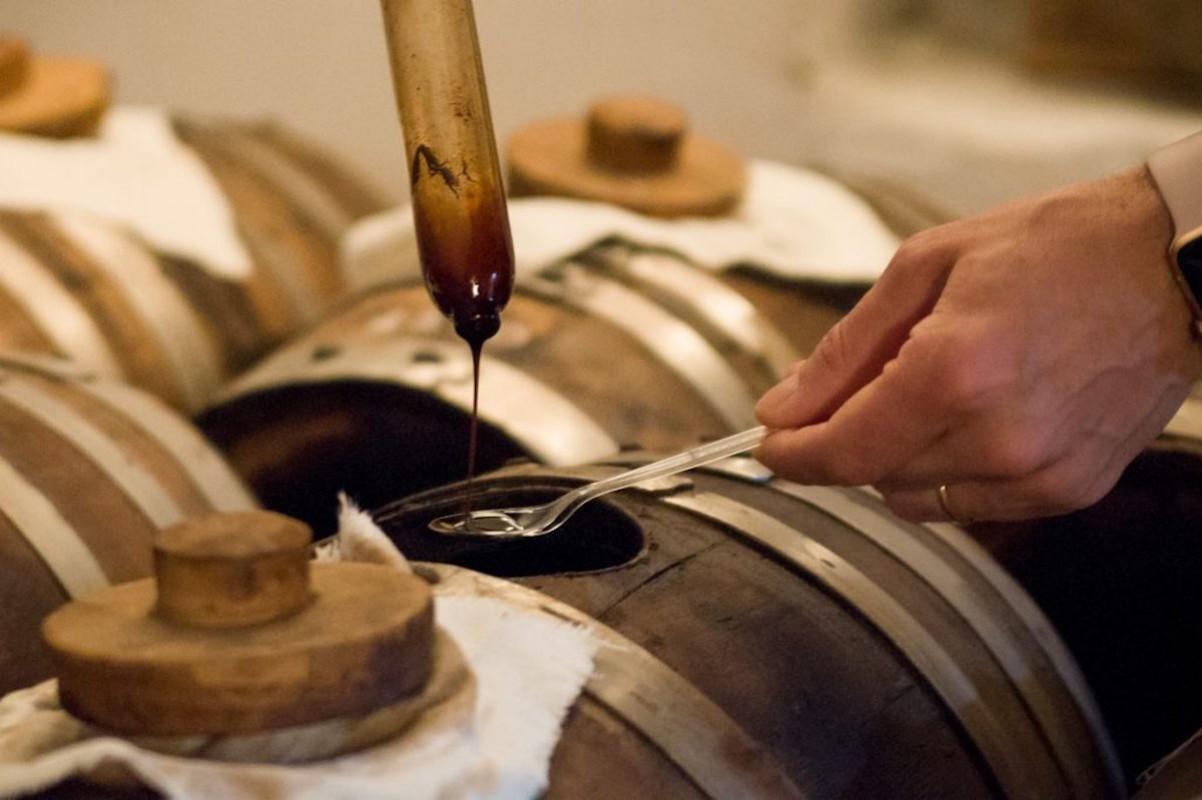
The Traditional Balsamic Vinegar of Modena Pdo
The Traditional Balsamic Vinegar of Modena Pdo is an aged vinegar produced through the sugar and acetic fermentation of cooked must obtained from the grapes produced in the province of Modena. There are only a little more than a hundred producers today. The vinegar has a deep dark brown colour.
The Traditional Balsamic Vinegar of Reggio Emilia Pdo
It is a high quality product, the result of the sugar and acetic fermentation of cooked must obtained from the grapes produced in the province of Reggio Emilia, aged for at least 12 years in small barrels un. The vinegar has fragrant bouquet with pleasant acidity and a nice sweet-and-sour taste.
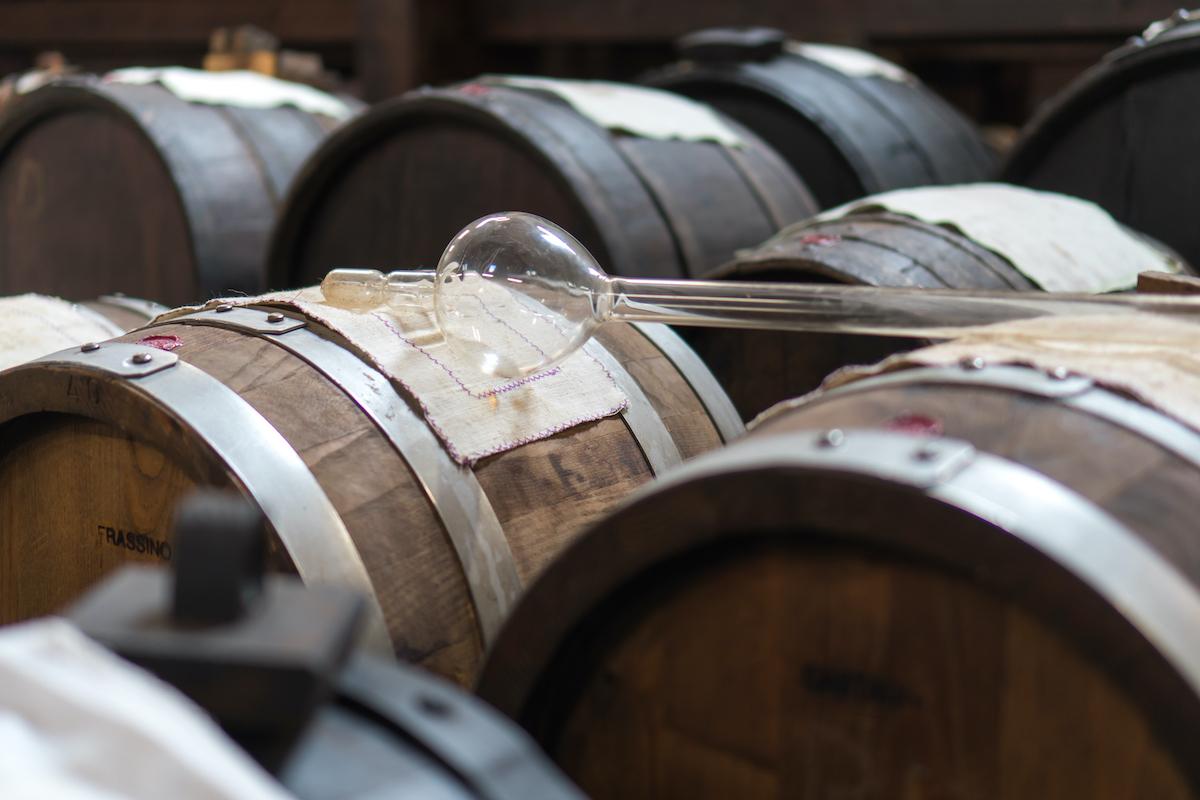
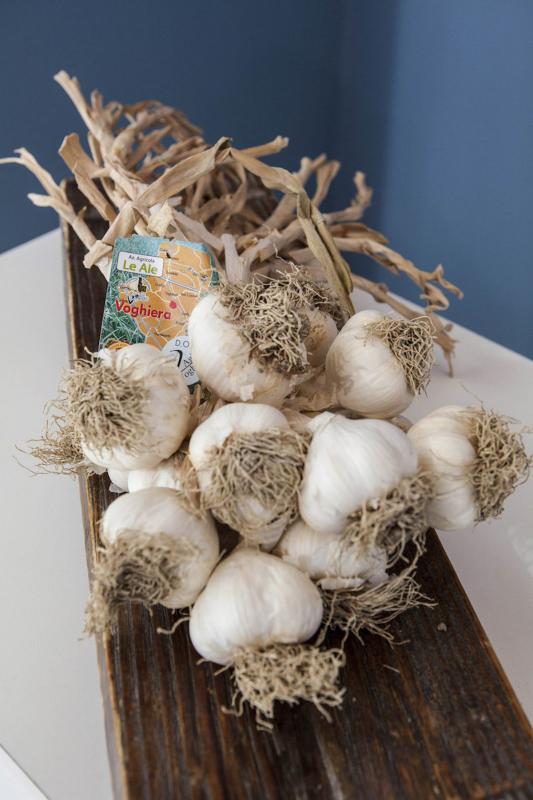
The Garlic of Voghiera
The Garlic of Voghiera, obtained the Pdo label in 2007. Its typical characteristic is a regular, round bulb formed by bulbils tightly close one to the other. It is grown in the areas of Voghiera, Portomaggiore, Argenta, and Ferrara.
Lamb of Central Italy PGI
The Lamb of Central Italy PGI is raised in the territory of Abruzzo, the hills and mountains of Emilia Romagna, Lazio, Marche, Tuscany and Umbria), obtained from a population of sheep historically present in this range and generically called “Apennine” and from which we obtain the current local breeds that give rise to a lamb from the meat of excellent quality.
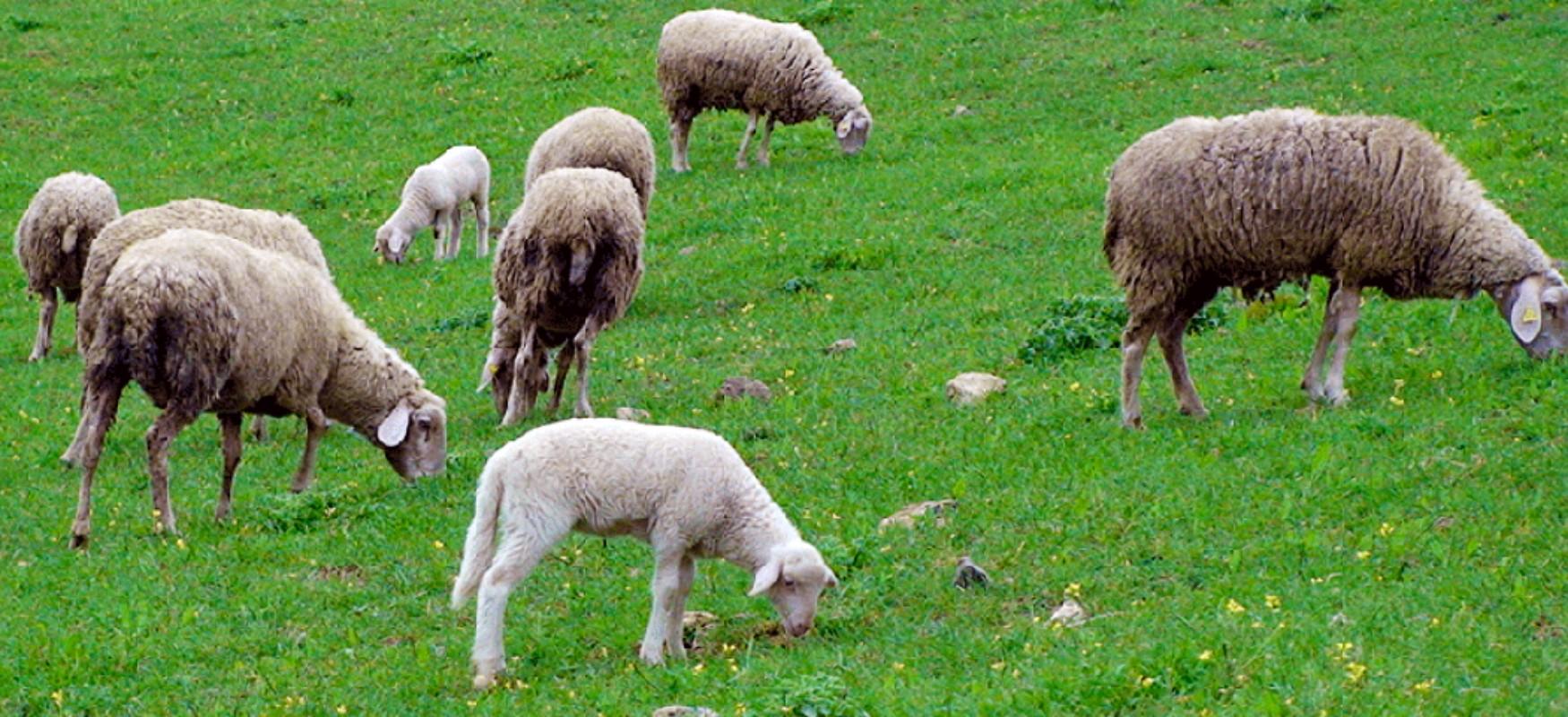
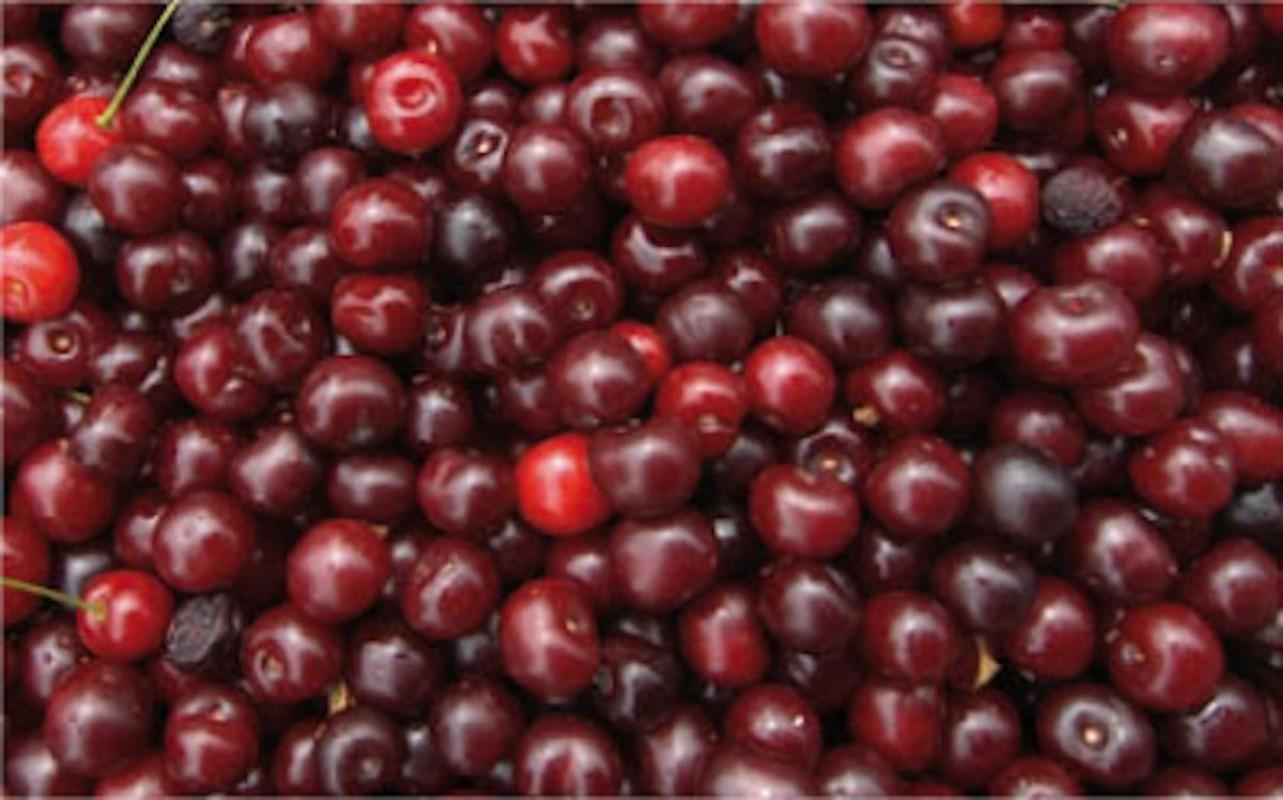
Amarene Brusche di Modena PGI
The "Amarene Brusche" of Modena obtained the Protected Geographical Indication label in 2009. This historical product of Modena’s agricultural and food tradition is a sour cherry jam with a typical, slightly bitter taste.
Anguria Reggiana Pgi
The characteristic that makes Italy’s Anguria Reggiana watermelon stand out is the particularly sweet flavour of the pulp, linked to its sugar content. The application for a Protected Geographical Indication (PGI) for the watermelon, published by the European Commission in November 2016, says this is thanks to a Brix value of more than 11 in the case of the Ashai Mijako type, and 12 in the case of the Crimson and Sentinel types. It's last one regional product to have acquired the Protected Geographical Indication. The "Anguria Reggiana" PGI is produced in the following types: - round type, with the characteristics of the Ashai Mijako type: round fruit; grey-green rind with dark green stripes; firm, crisp flesh, which is bright red when fully ripe; weight varying between 5 kg and 12 kg, - oval type, with the characteristics of the Crimson type: round, oval fruit; moderately bright green rind with dark green streaks; firm, crisp flesh, which is red when fully ripe; weight varying between 7 kg and 16 kg, - elongated type, with the characteristics of the Sentinel type: elongated fruit; moderately bright green rind with dark green streaks; firm, crisp flesh, which is bright red when fully ripe; weight varying between 7 kg and 20 kg. The production area includes the whole of the following municipalities: Bagnolo in Piano, Cadelbosco di Sopra, Campagnola, Castelnovo Sotto, Correggio, Fabbrico, Novellara, Poviglio, Rio Saliceto, S. Martino in Rio and parts of the following municipalities: Boretto, Brescello, Campegine, Gattatico, Gualtieri, Guastalla, Reggio Emilia, Reggiolo, Rolo and Rubiera.
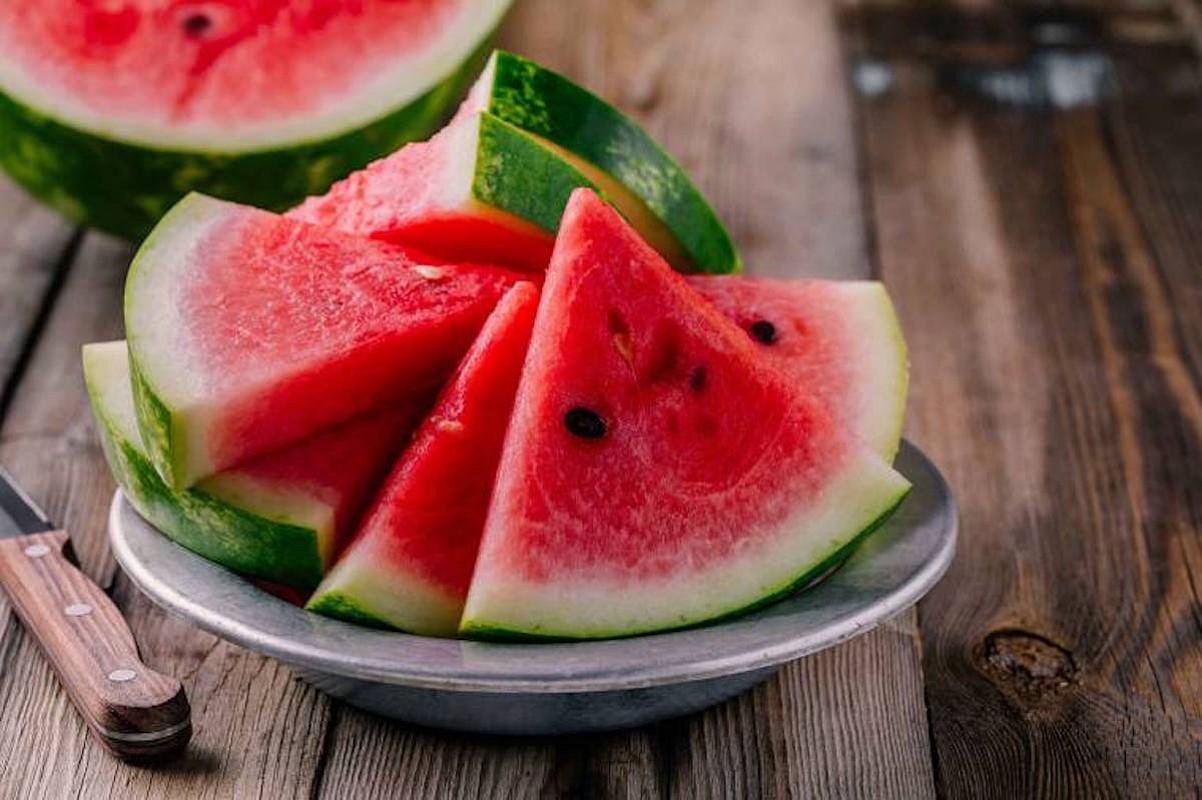
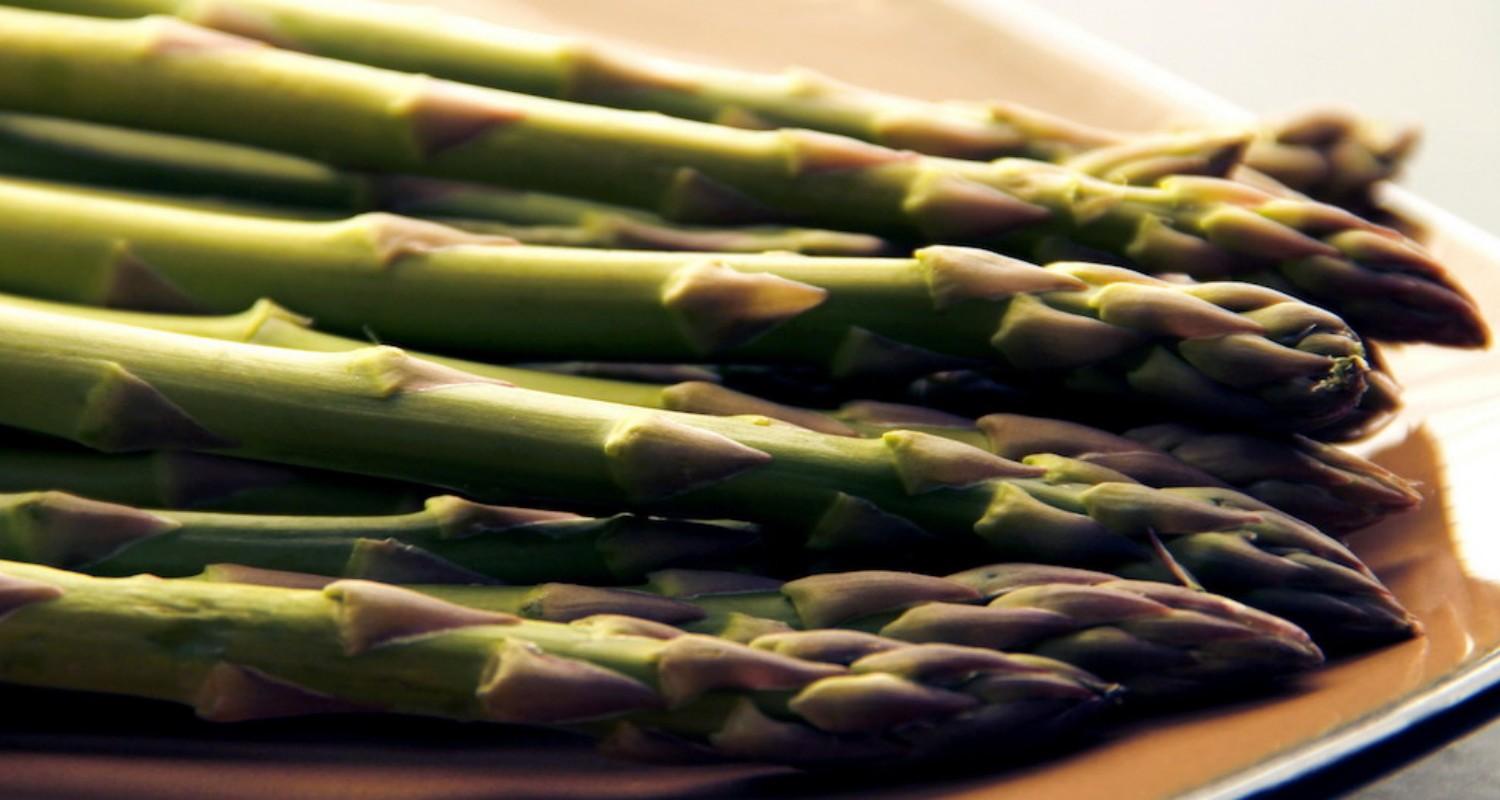
Green Asparagus of Altedo Pgi
The green asparagus of Altedo Pgi, tender with a delicate flavour, is really appreciated by gourmets and consumers. The production area is between the via Emilia in the province of Bologna, the Adriatic coast and the Po River area in the province of Ferrara.
Ferrarese Cappellacci with pumpkin PGI
This pasta is the latest PGI addition, on January 2016, to the “basket” of protected and certified products from Emilia Romagna. The traditional recipe calls for dough prepared with a mix of soft and durum wheat flour and eggs and a filling of yellow “ribbed butternut” squash, with the addition of grated cheese, breadcrumbs, nutmeg and sugar. It is produced throughout the province of Ferrara.
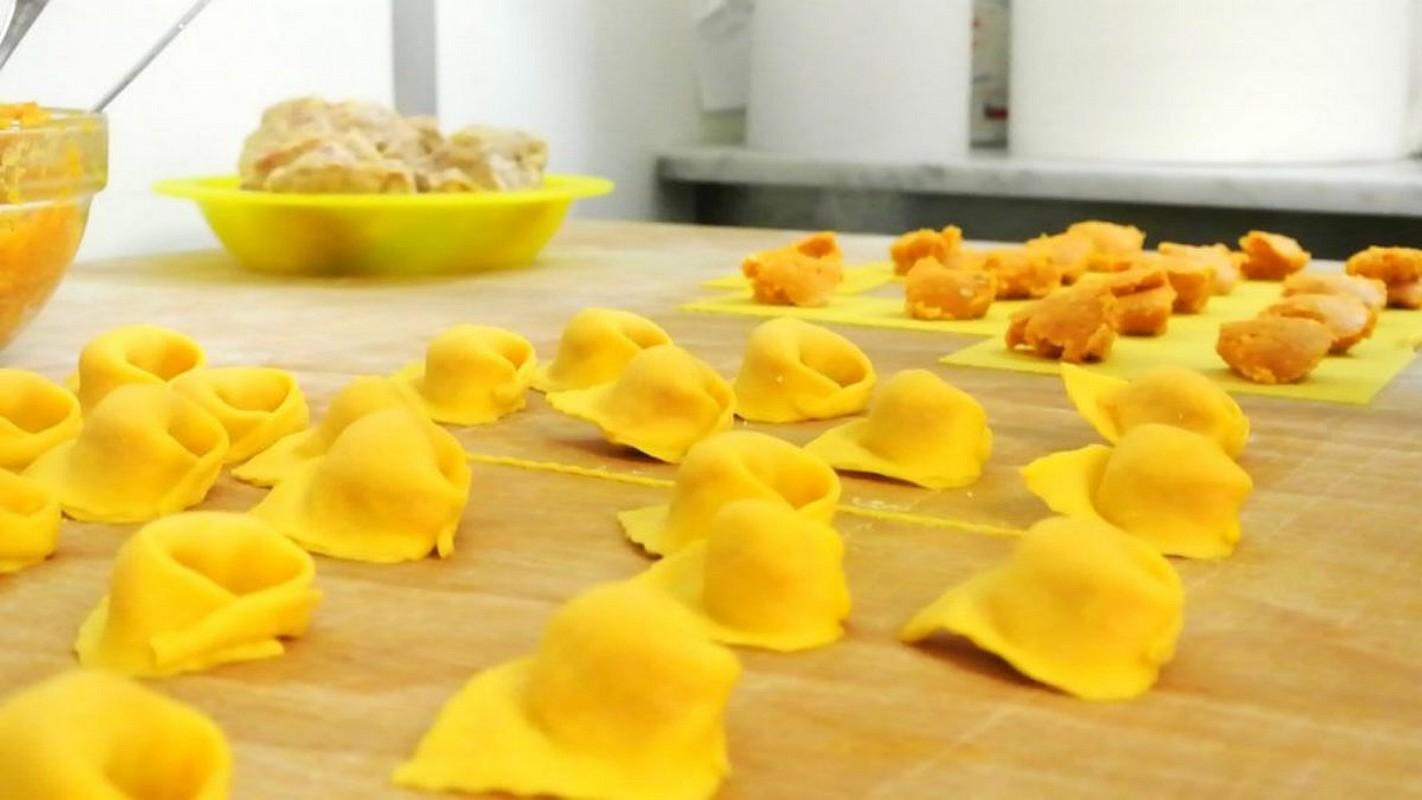
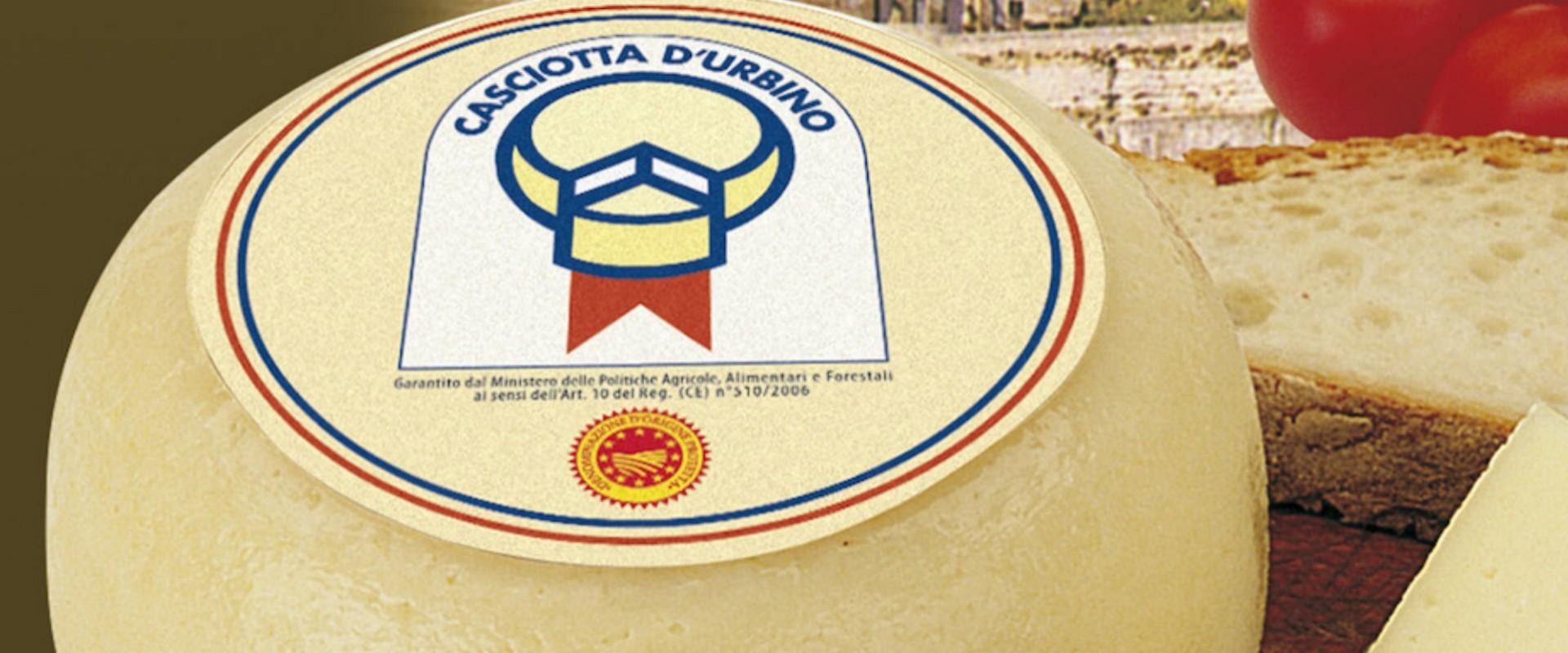
asciotta d'Urbino Pdo ×
Casciotta d'Urbino cheese PDO gets its distinctive flavor from mountain herbs for the production area making up the feeding of sheep and cattle. In addition to its taste, it is known to be a very healthy cheese because it is easily digestible and contain vitamins and antioxidants that help counteract the aging of cells. It has a low cholesterol level also. It has a round, flat and squashed form with rounded cheeks, semi-cooked, crumbly and compact mixture, made with whole sheep’s milk (70-80%) and cow’s milk (20-30%).
Cherry of Vignola PGI
The Cherry of Vignola PGI has firm texture and crisp, a peel but and a sweet and fruity. The production area is the band formed by the foothill stretch of the river Panaro and other minor rivers and includes several municipalities in the provinces of Modena and Bologna.
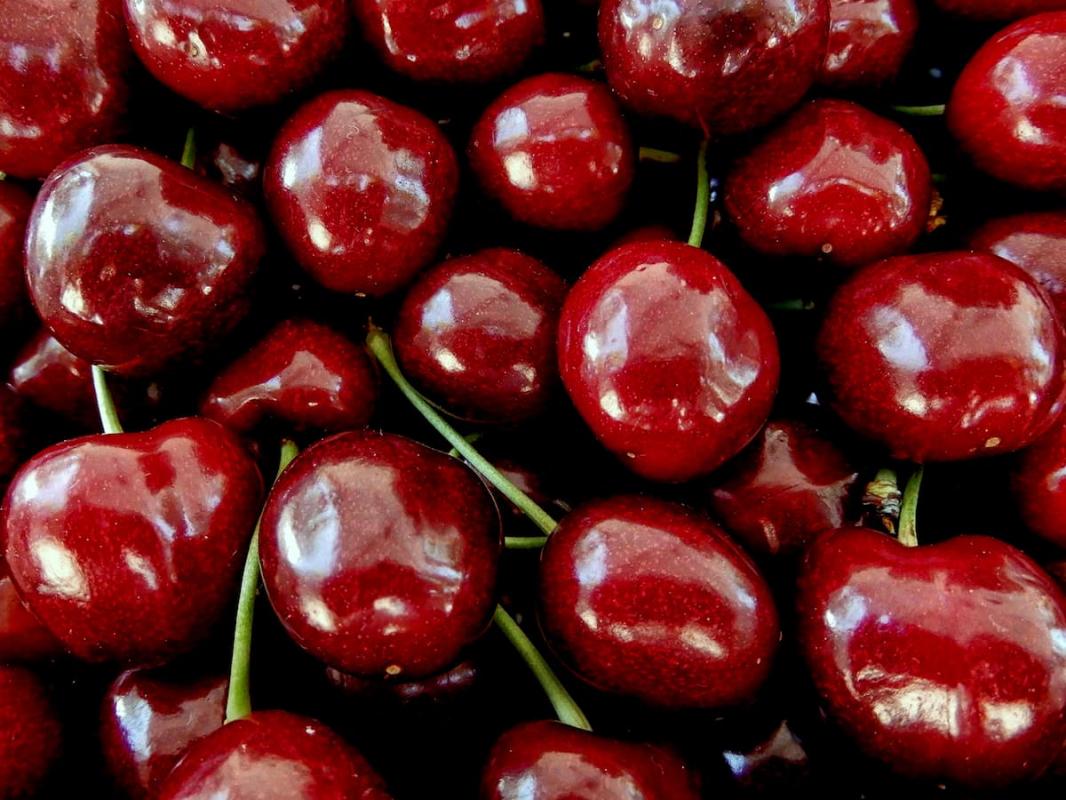
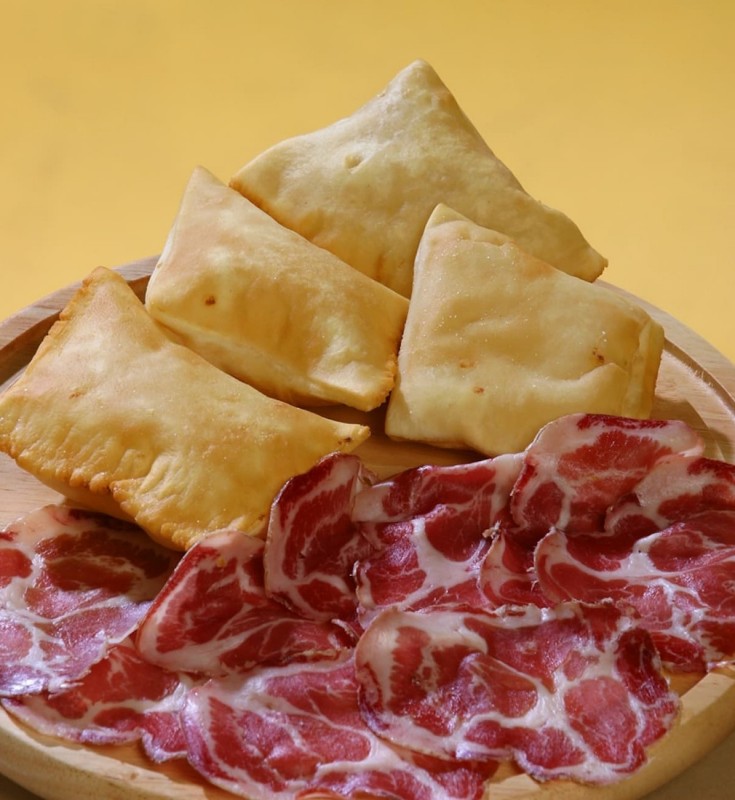
Coppa di Parma Pgi
The regulations approved by the European Commission provide that the "Coppa di Parma" Pgi is produced throughout the area that includes the provinces of Parma, Reggio Emilia, Modena, Mantua, Pavia, and in 59 municipalities located along the course of the River Po in the provinces of Lodi (22 municipalities), Milan (1) and Cremona (36).
The Cold cut from Piacenza Pdo
The Cold cut from Piacenza Pdo is a type of salted and cured pork meat, cylindrical in shape and compact. When cut, the inside is red with small white-pink specks of fat. It can be eaten alone as appetizer or second course. Coppa Piacentina Pdo is produced in the province of Piacenza.
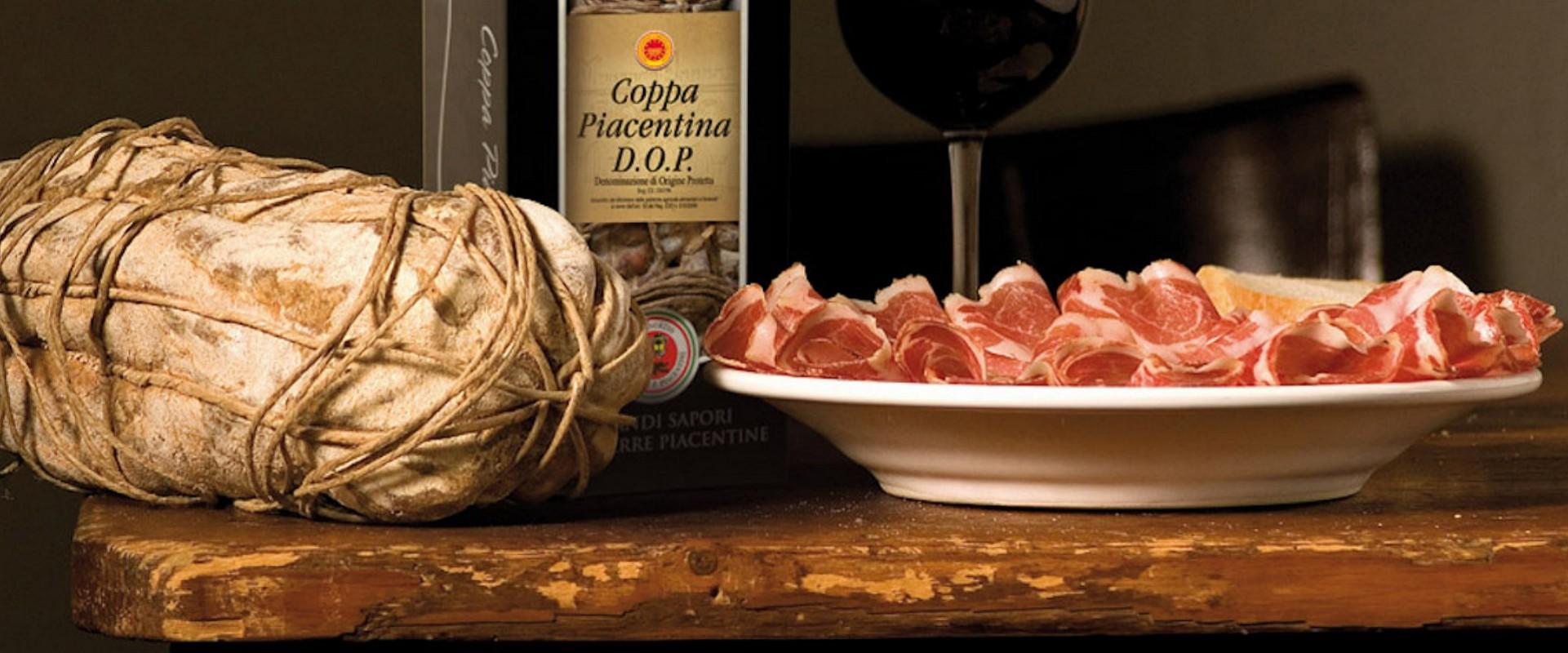
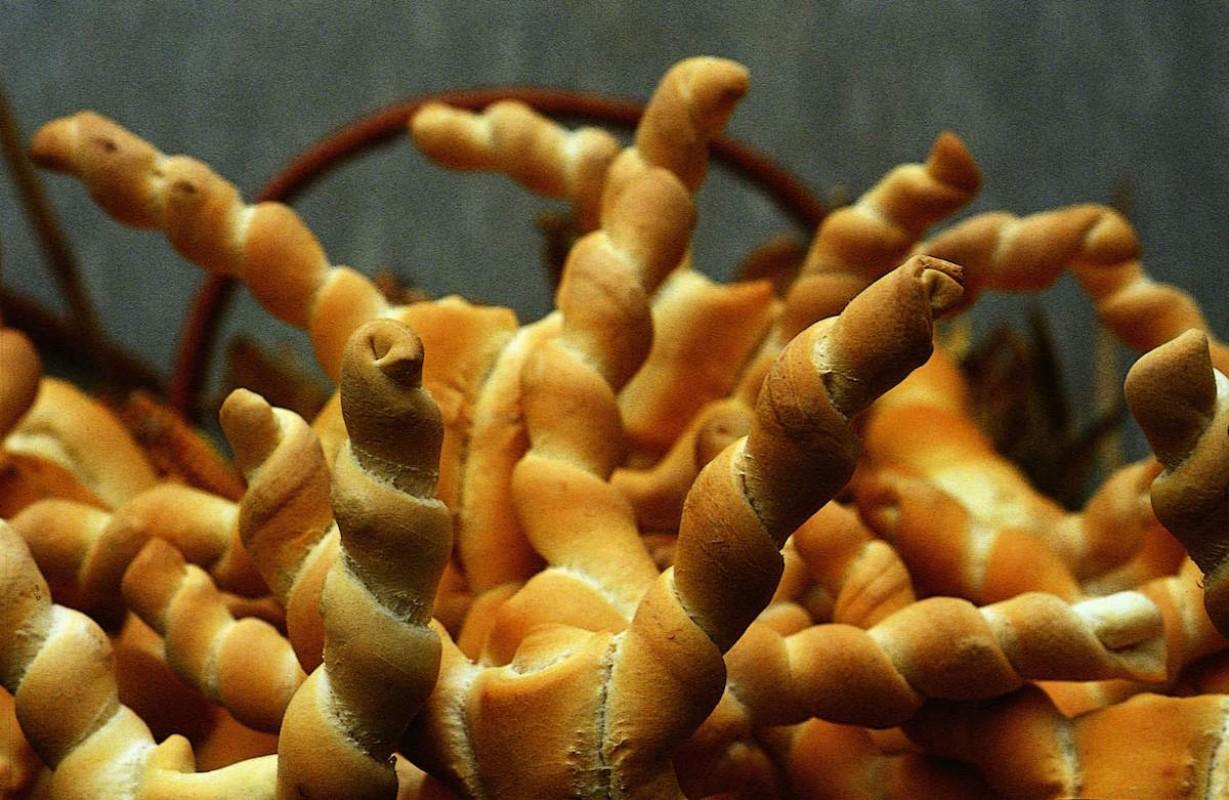
Ferrarese bread PGI
The typical bread of Ferrara has recently received from the EU the I.G.P mark (Protected Geographical Identification). The famous "coppia", in dialect "ciupeta", of Ferrara has a central body called knot or ribbon with two twisted pointed breadsticks attached. Either crusty or soft, with or without olive oil, the bread of Ferrara is a great pride for Italian gastronomy. Its secret is to be found in the quality of the water and the ingredients, as well as the air humidity, the manufacturing and leavening method and the correct temperature of the oven.
Cotechino di Modena PGI
It is a typical Modena bagged composed of a mixture of lean meat, fat and rind of the pig, with the addition of salt, pepper and other spices, and sometimes also wine, depending on the recipe. The preparation of the Cotechino of Modena begins with the grinding in a mincer with molds characterized by holes of dimensions comprised between 7 and 10 millimeters in the muscle and fat fractions and between 3 and 5 millimeters for the rind. It follows eventual roughing and kneading machines in vacuum or at atmospheric pressure. The mixture is packed into natural or artificial casings, unlike trotter, which is contained in the front leg of the pig.
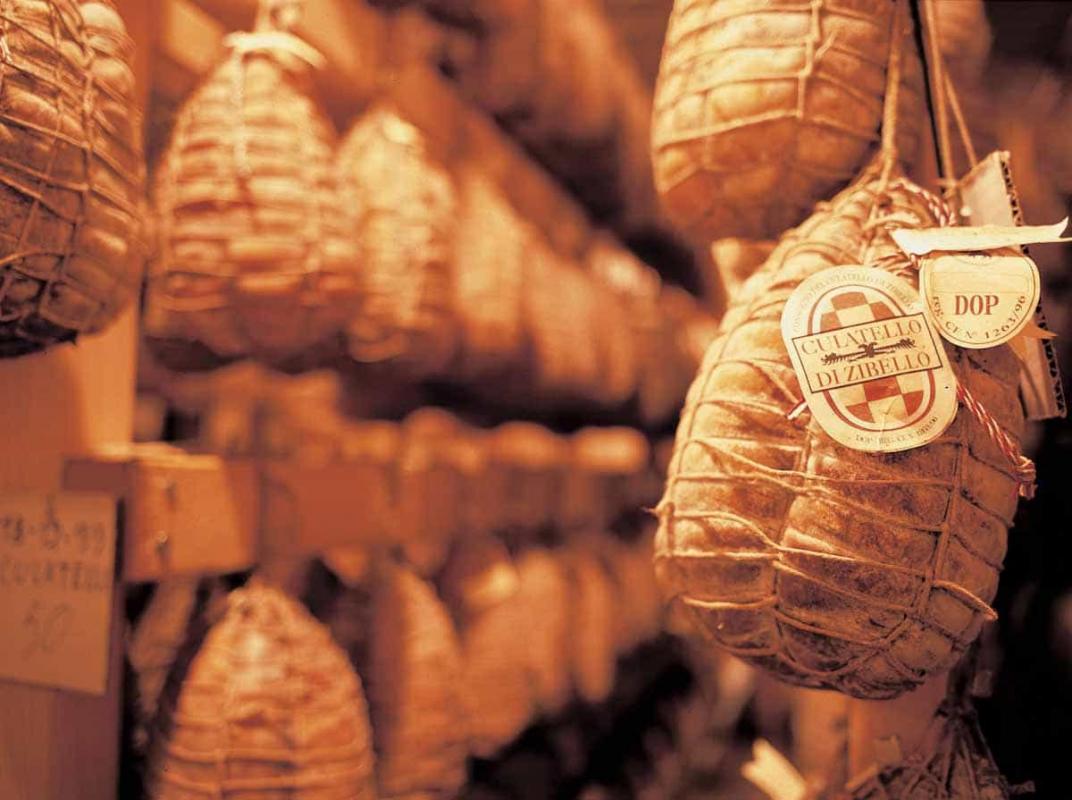
Culatello di Zibello Pdo
The undisputed ‘King of cured meat’, Culatello di Zibello Pdo, with its characteristic pear-like shape, belongs to the norcinian tradition of the province of Parma, where it is produced from the flat area known as the Bassa up to the piedmont area. The main centre of production is located in the town of Zibello, near the Po River.
Formaggio di Fossa Pdo
Formaggio di Fossa is a cheese from Sogliano al Rubicone. The cheese's name, which literally means "cheese of the pit", is derived from the process of ripening the cheese in special underground pits dug in tuff rock. The cheese is currently produced in the areas between the Rubicon and Marecchia river valleys. In 2009 "formaggio di fossa" was granted Denominazione di Origine Protetta status, the Italian equivalent of protected designation of origin.
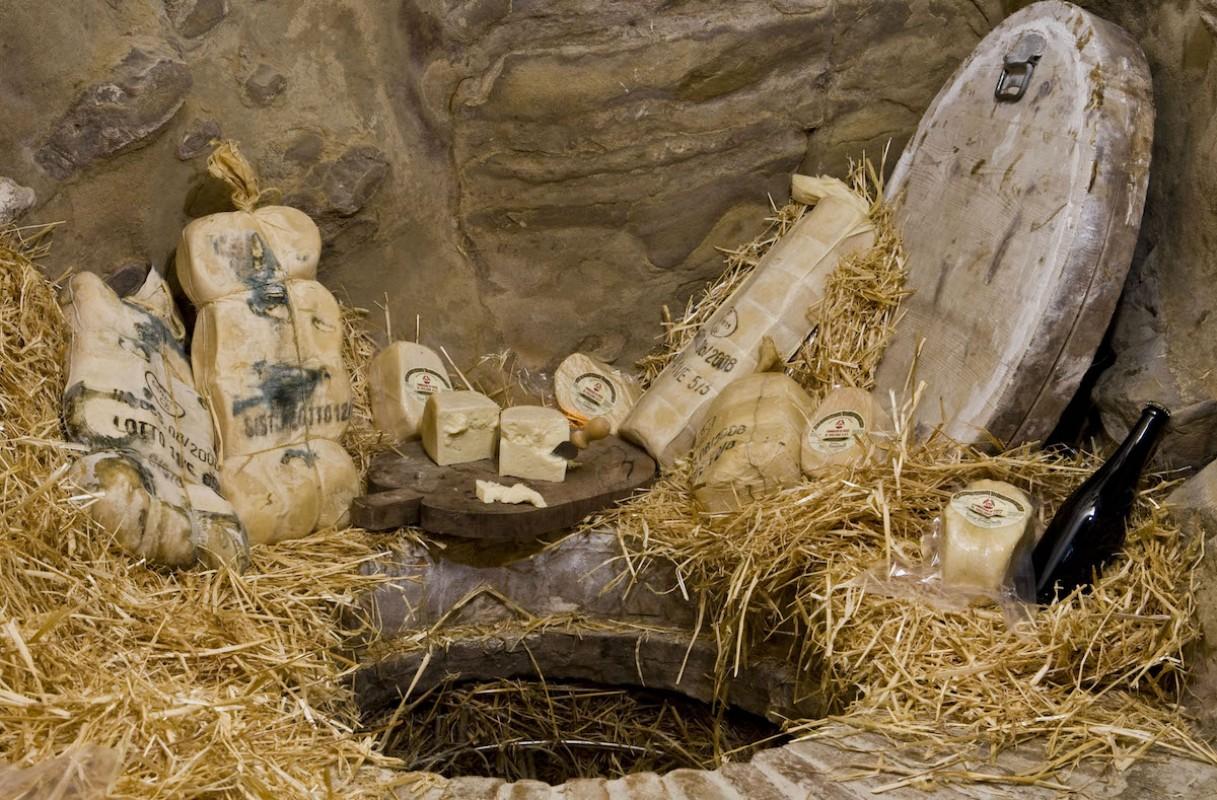
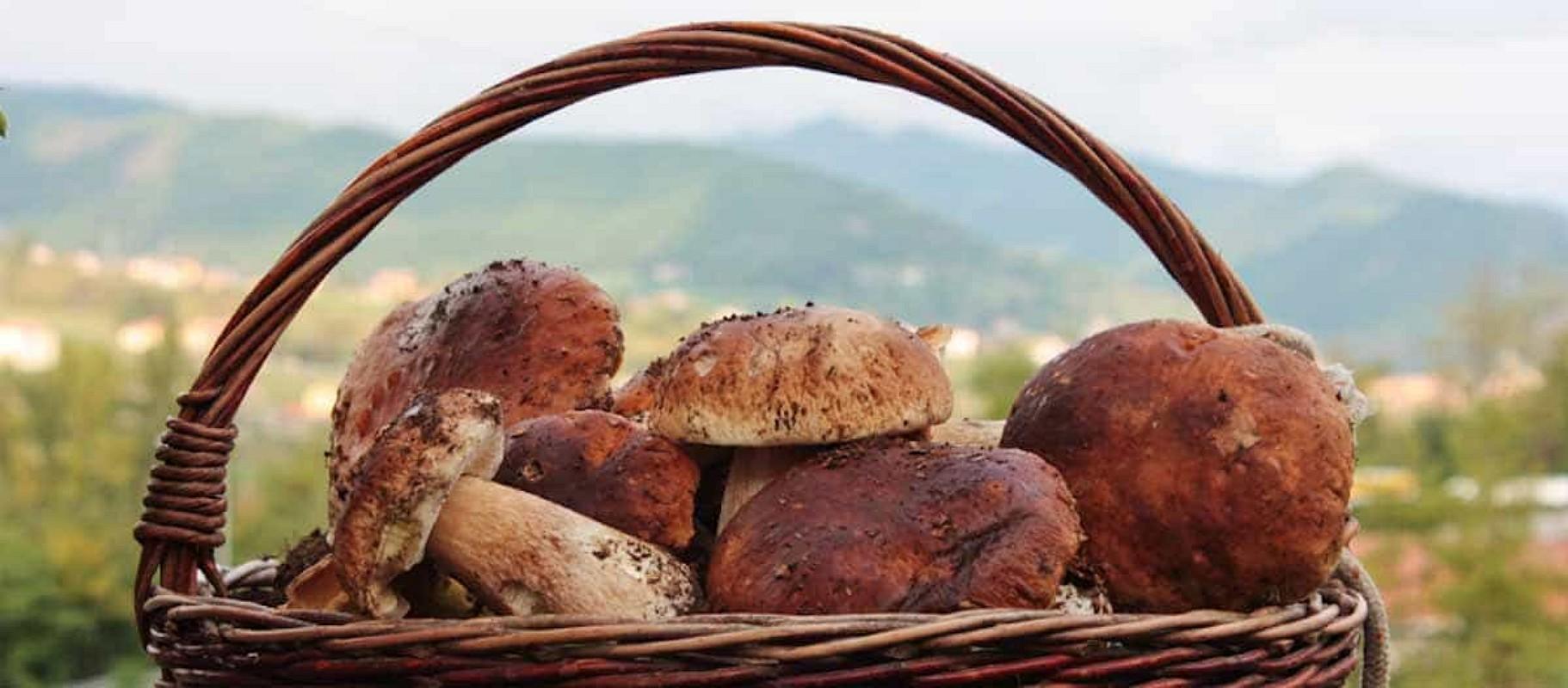
The Porcino Mushroom PGI
The Porcino Mushroom of Borgotaro, awarded with the Igp label in 1993 and protected by the homonymous Consortium, is a natural product that grows in the woods of the Taro Valley and is harvested in autumn. It is used both fresh and dried.
Grana Padano cheese Pdo
Produced in the Po river valley since the XII century, Grana Padano PDO derives its name from the granular yet compact texture (‘a grana’), and ever since the Middle Ages it has delighted the palate of gourmets around the world with its rich golden yellow colour and its warm, complex, fruity aroma. Grana Padano PDO hails from a limited geographical zone encompassing 32 provinces across 5 regions of North Italy (Piedmont, Lombardy, Veneto, Trentino-Alto-Adige and Emilia-Romagna). It is made with 100% cow milk from two daily milkings, partially skimmed through the natural rising of the cream in thermo-regulated inox tanks. The milk is pumped into traditional double-bottom copper cauldrons, where only two wheels (35 Kg/each) are obtained from no less than 1.200 liters of milk. The milk is heated up to 31-33° C degrees and inoculated with calf’s rennet to kick start the coagulation. The curd is broken and cooked at 53-56° C and constantly stirred. When the curd grains bind together and settle at the bottom of the cauldron, the cheesemaker start harvesting the soft paste using a large-size cheesecloth, and press it into the characteristic wheel-shaped moulds. Two days after the cheese is produced, the whole wheels are dipped into a solution of water and sea salt. The salting phase last between two and three weeks, depending on the type of brine and the size / weight of the wheels.
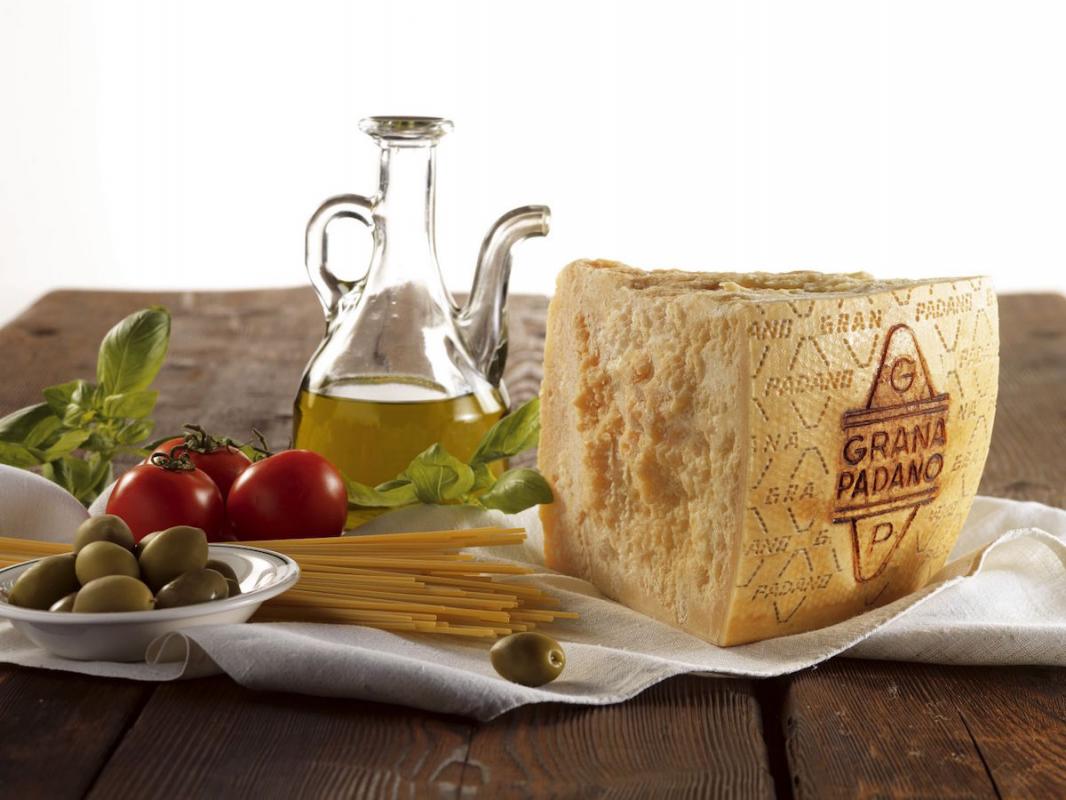
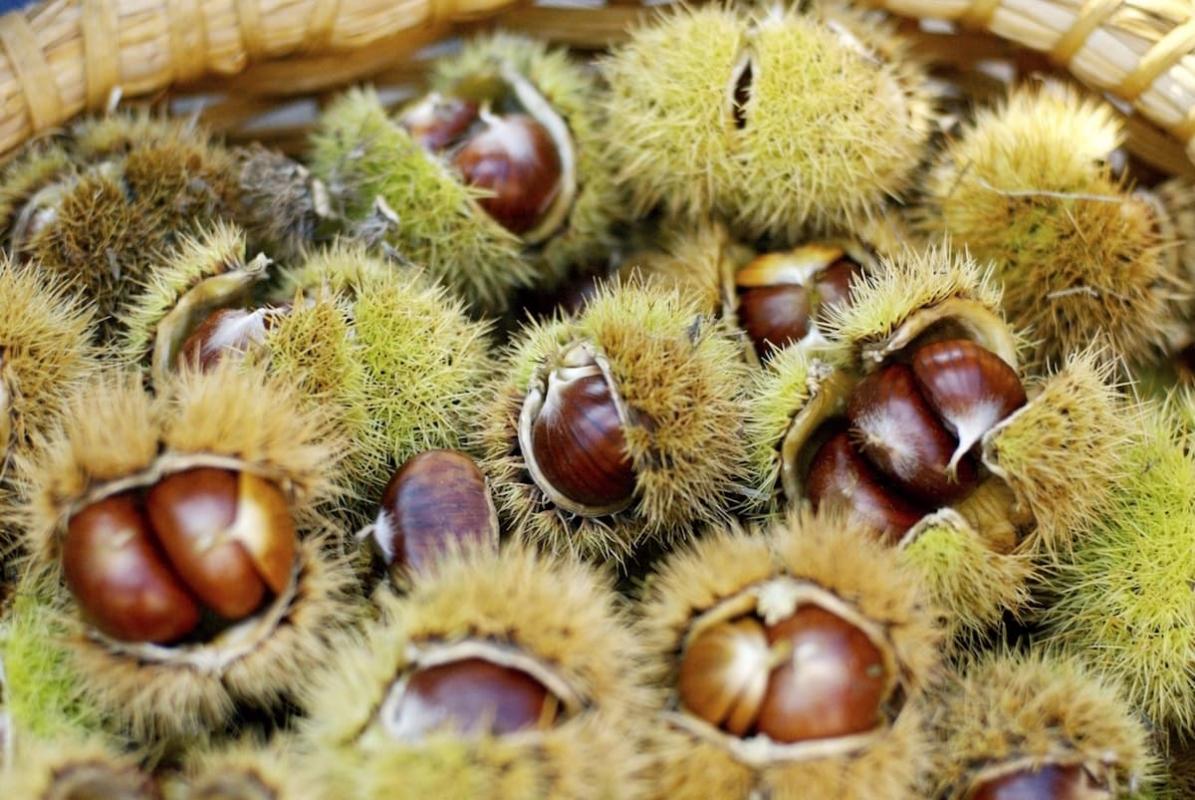
The chestnut of Castel del Rio Pgi
The chestnut of Castel del Rio Pgi is one the most valuable and well-known chestnut varieties in Italy and abroad. It is very different from the common chestnut, because of its size and for its taste and fragrance. Its production area includes Castel del Rio, Fontanelice, Casalfiumanese and Borgo Tossignano (Bologna).
Mantua Melon PGI
The Mantua Melon PGI has a various colour from yellow flesh orange to salmon and typical flavor and aroma. The production area stretches between the provinces of Mantua (the municipalities mentioned in the box above), Cremona, Modena, Bologna and Ferrara.
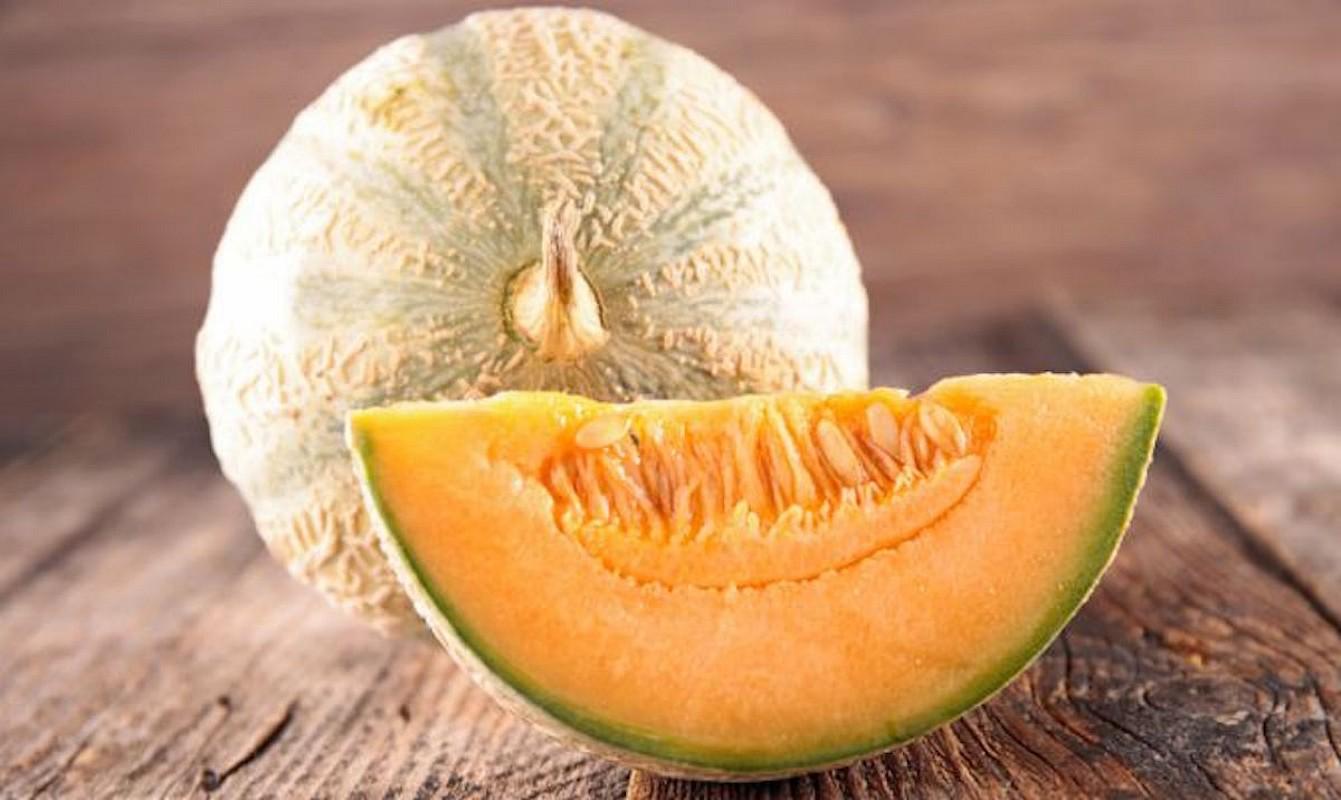
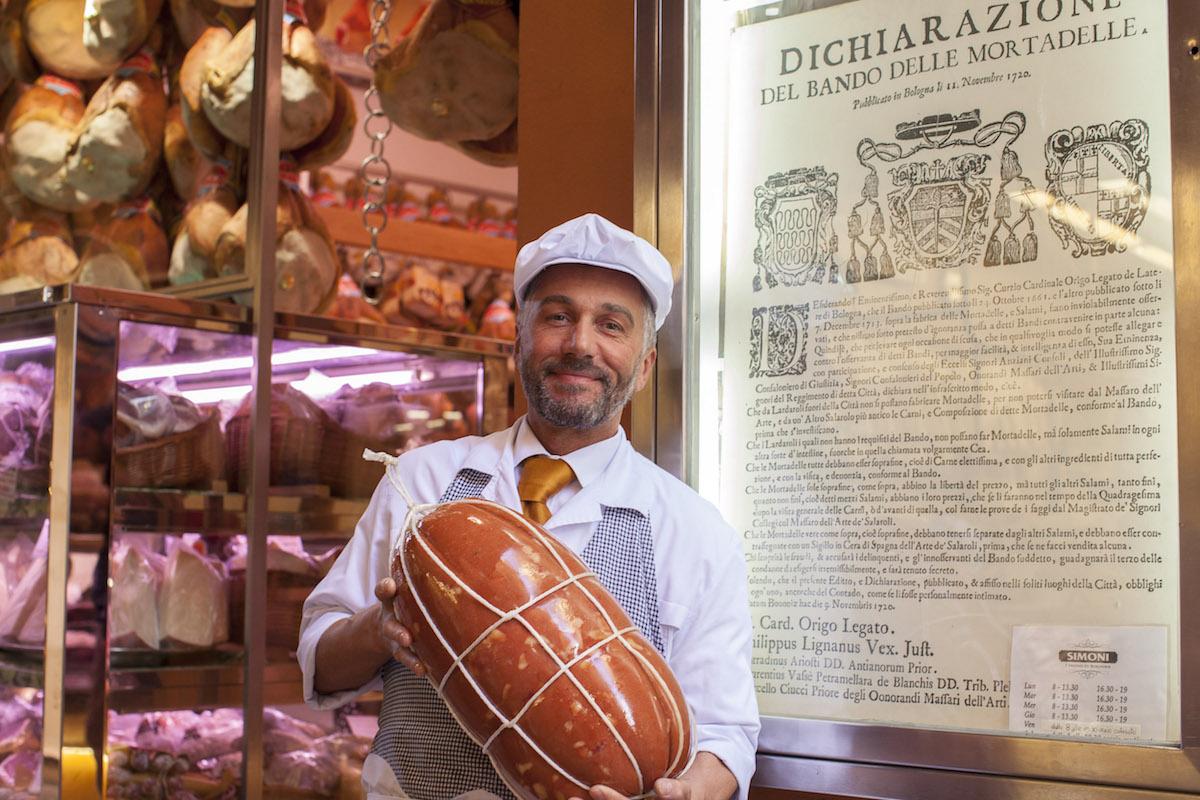
Mortadella di Bologna PGI
"Mortadella di Bologna" PGI, the queen of salami, has very ancient origins. In the 14th century its recipe was codified by the Corporazione dei Salsamentari of Bologna. "Mortadella di Bologna" is a delicatessen product, usually oval or cylindrical in shape, made with a mixture of minced pork seasoned with salt and pepper. Its scent must be fragrant, and its flavour delicate without any trace of smoking, with a soft, creamy consistency on the palate.
oil of Romagna's hills PDO
Its olive tree grows mainly in the province of Rimini, a production area is also located on the hills of the Appennine near Cesena, and in the Montone and Bidente river valleys. The oil has a mild fruity fragrance, a medium sweet taste.
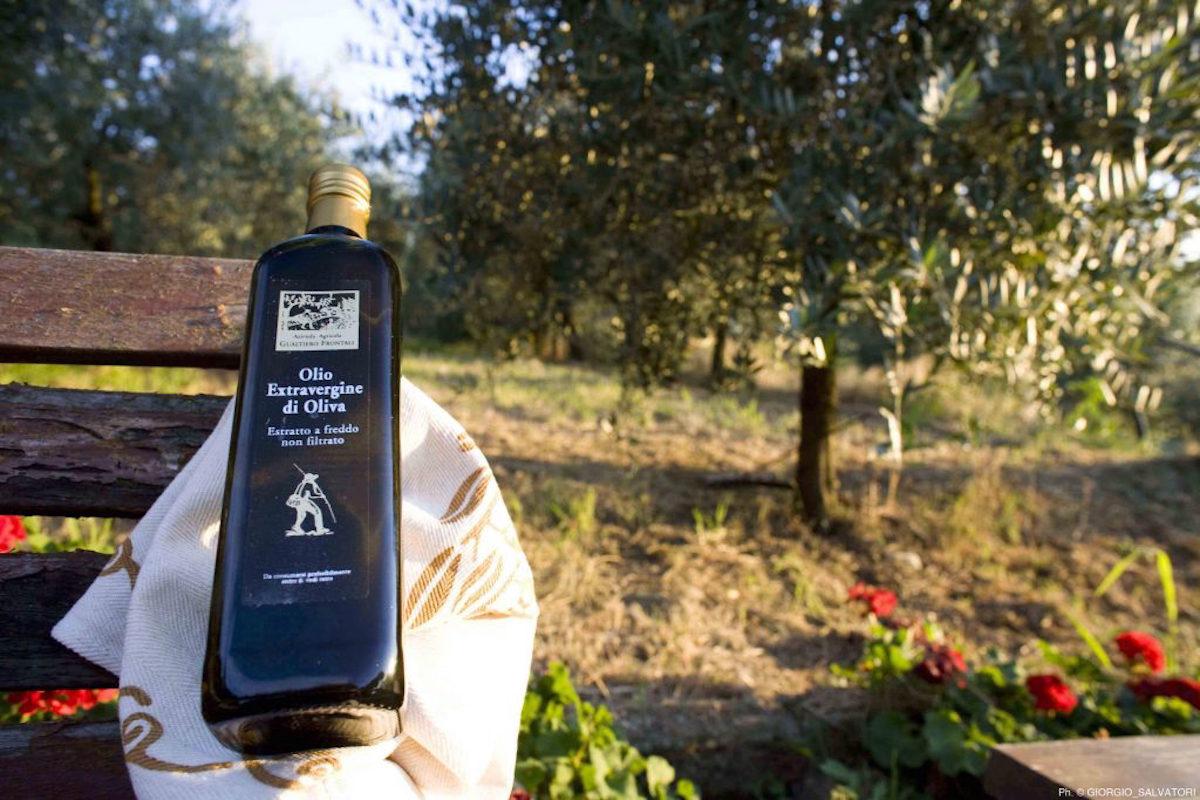
Brisighella Extra Virgin Olive Oil DOP
The Brisighella Extra Virgin Olive Oil DOP is produced in many places of Ravenna and Forlì-Cesena provinces. It's a golden and emerald green oil, fruity taste, slightly bitter and has more or less marked spicy nuances. Packaged in dark glass bottles of various sizes is sold in a single type. It is a high quality oil, with a characteristic full-bodied aroma unique in its kind.
Pampapato di Ferrara PGI
“Pampapato” dates from the time of the Estensi, and was considered a rich dessert worthy of a Pope, so much so that it was offered as a gift to prelates by the clerics and nobles of Ferrara. It is a baked product made with flour, candied peel, dried fruit and nuts, cocoa, spices and covered with extra dark chocolate. It is now Ferrara’s traditional Christmas dessert.
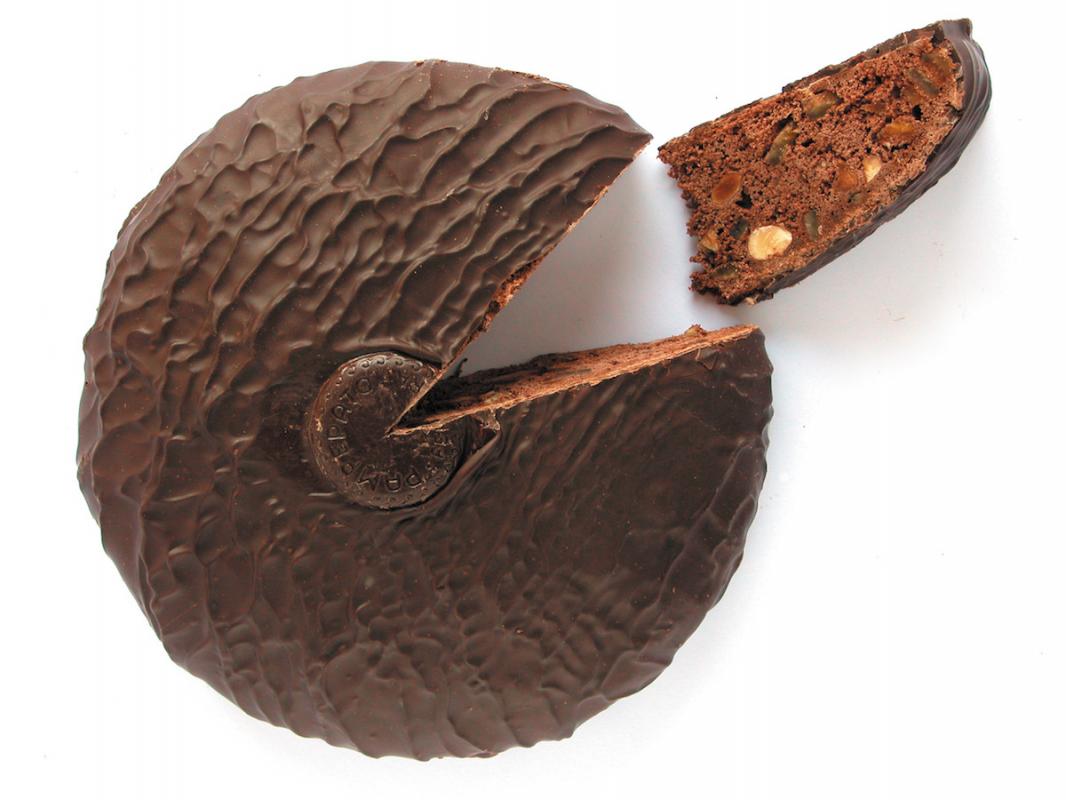
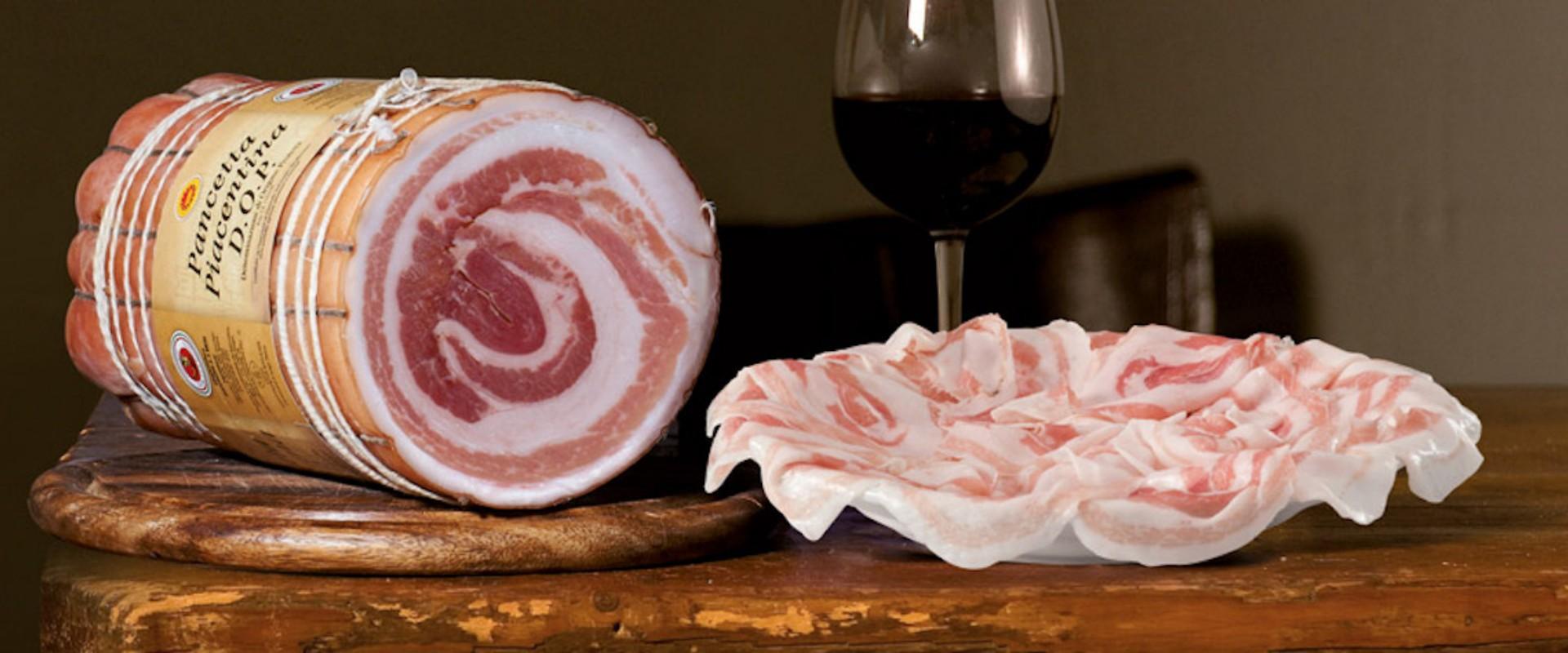
Pancetta Piacentina Pdo
In the production of the "Pancetta Piacentina" Pdo, the salting process consists in passing the pork meat through a mixture of salts and natural spices and leting it in the refrigerator for 15 days. The finished product is cylindrical in shape and weighs between 5 and 8 kilos. It has a red colour with white specks of fat.
Parmigiano Reggiano cheese Pdo
Parmigiano Reggiano cheese Pdo, probably the best-known Italian cheese in the world, has got very ancient origins. The long natural maturation is one of the characteristics protected by its Consortium. Its production area includes the provinces of Parma, Reggio-Emilia, Modena, Bologna, and Mantova.
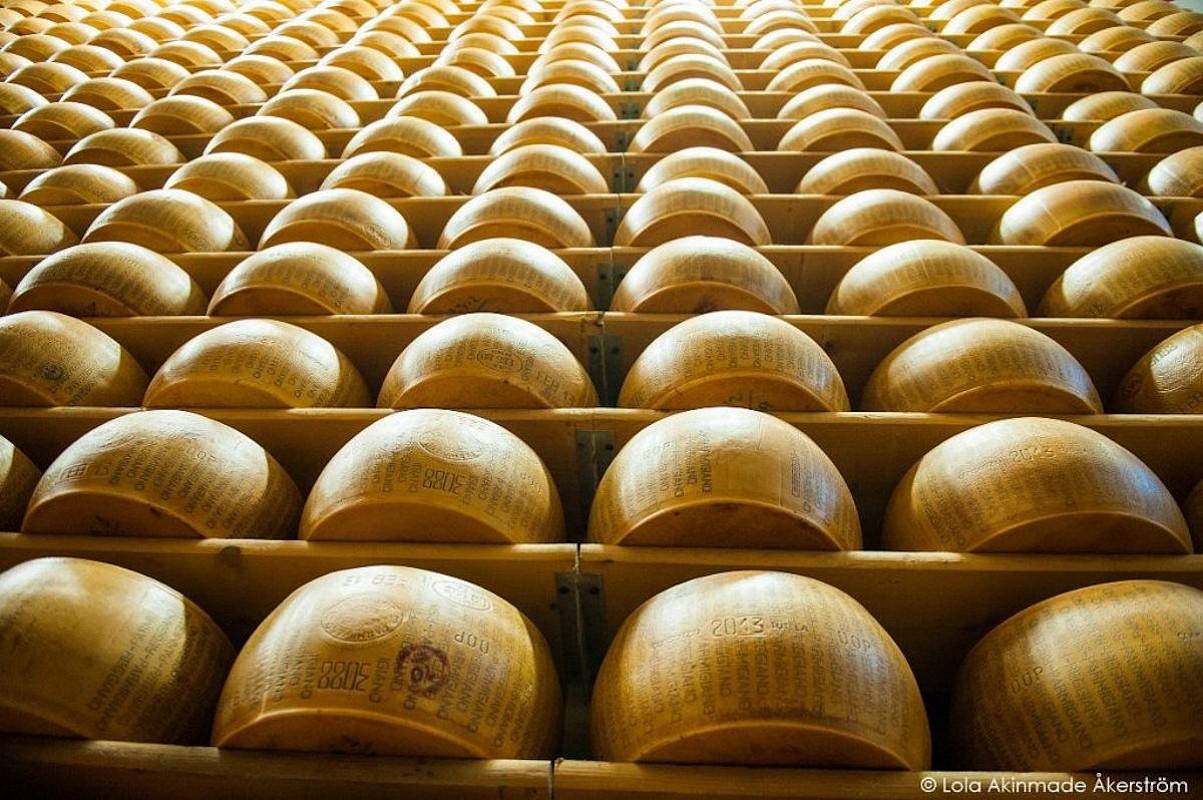
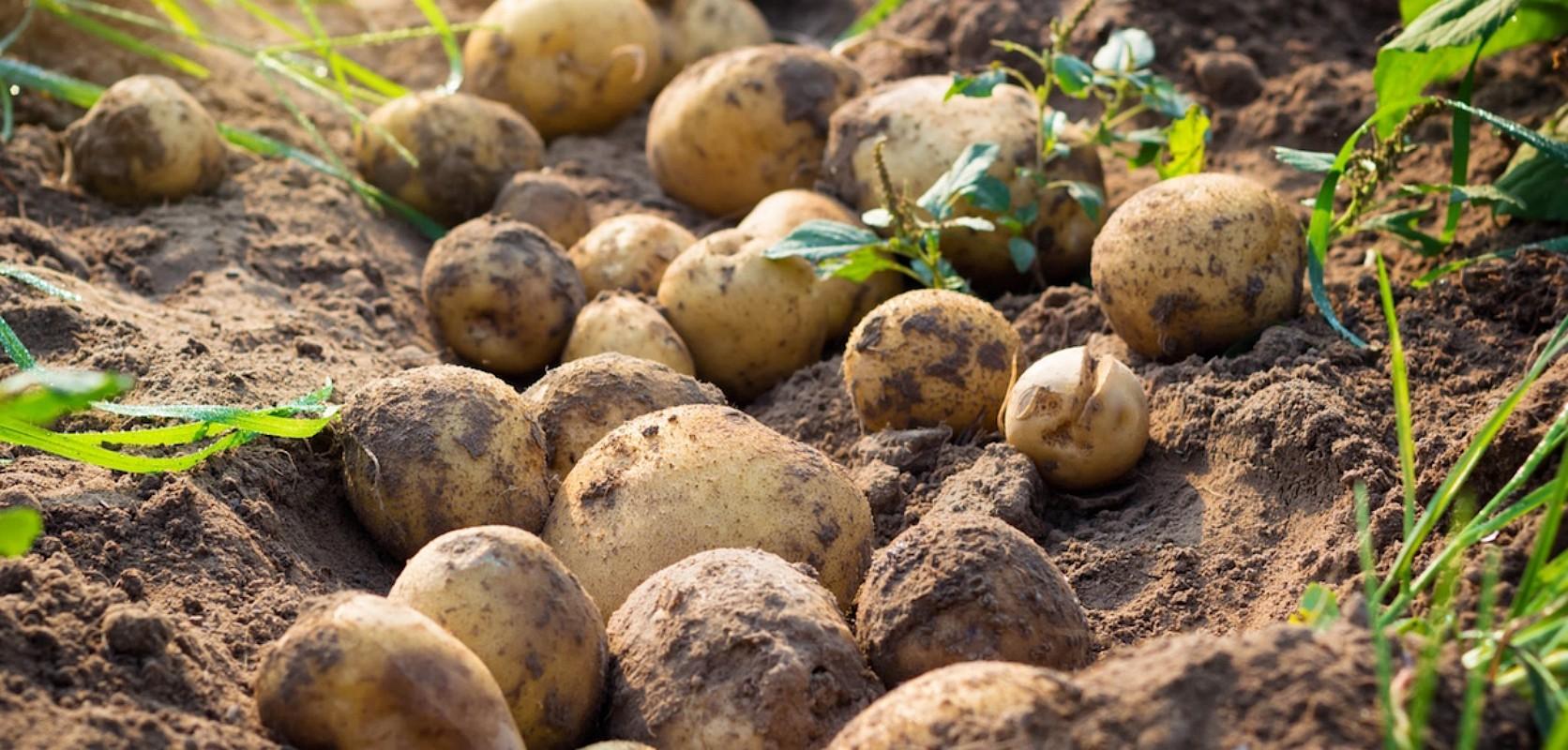
Patata di Bologna Pdo
The Patata di Bologna Pdo label identifies a tuber with mainly an oval, oblong shape, smooth rind, and pulp of a colour ranging from white to straw yellow. It can be traced back to the Primura variety grown in Bologna.
Pear of Emilia Romagna Pgi
The production area of the pear of Emilia Romagna Pgi includes specific areas in the provinces of Reggio Emilia, Modena, Ferrara, Bologna, and Ravenna. The flavour is sweet or aromatic.
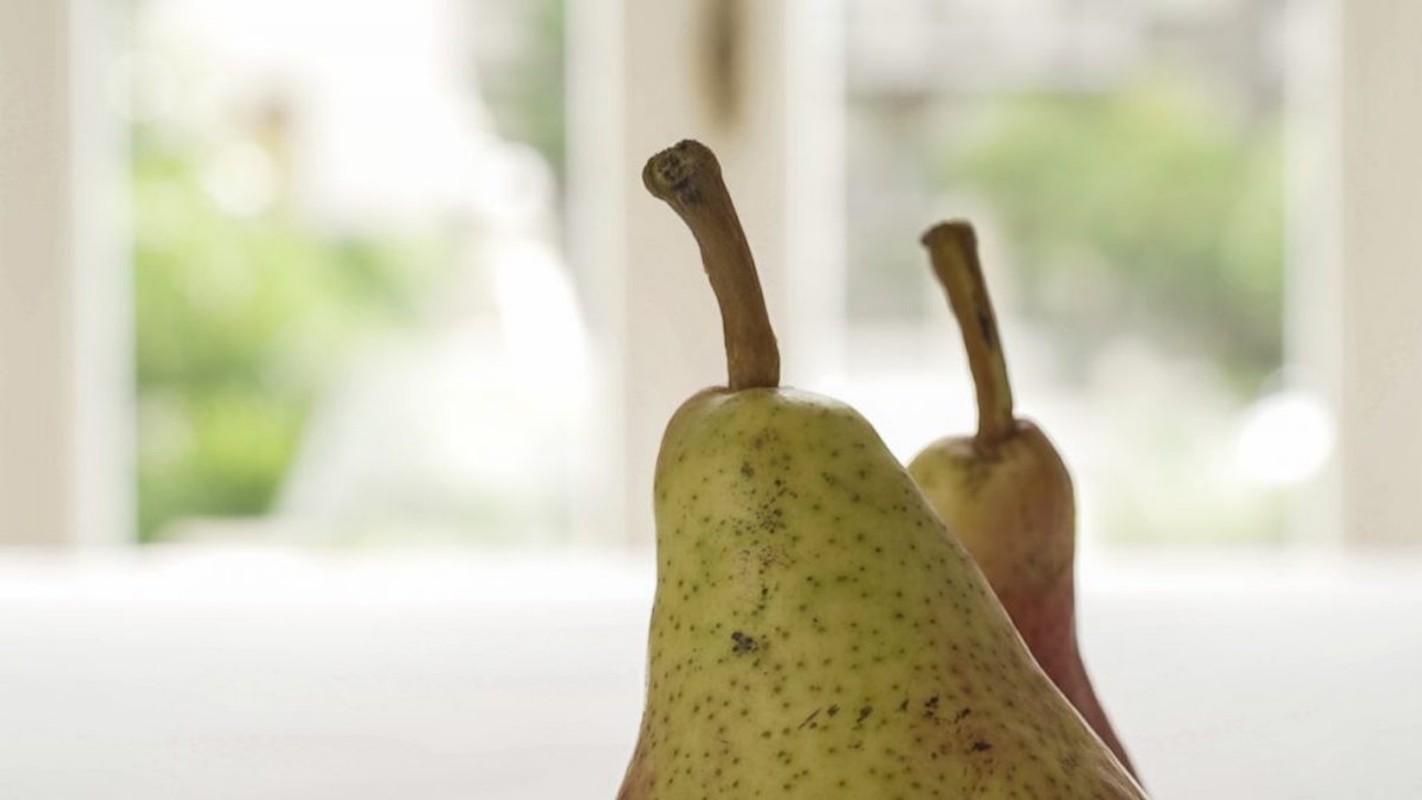
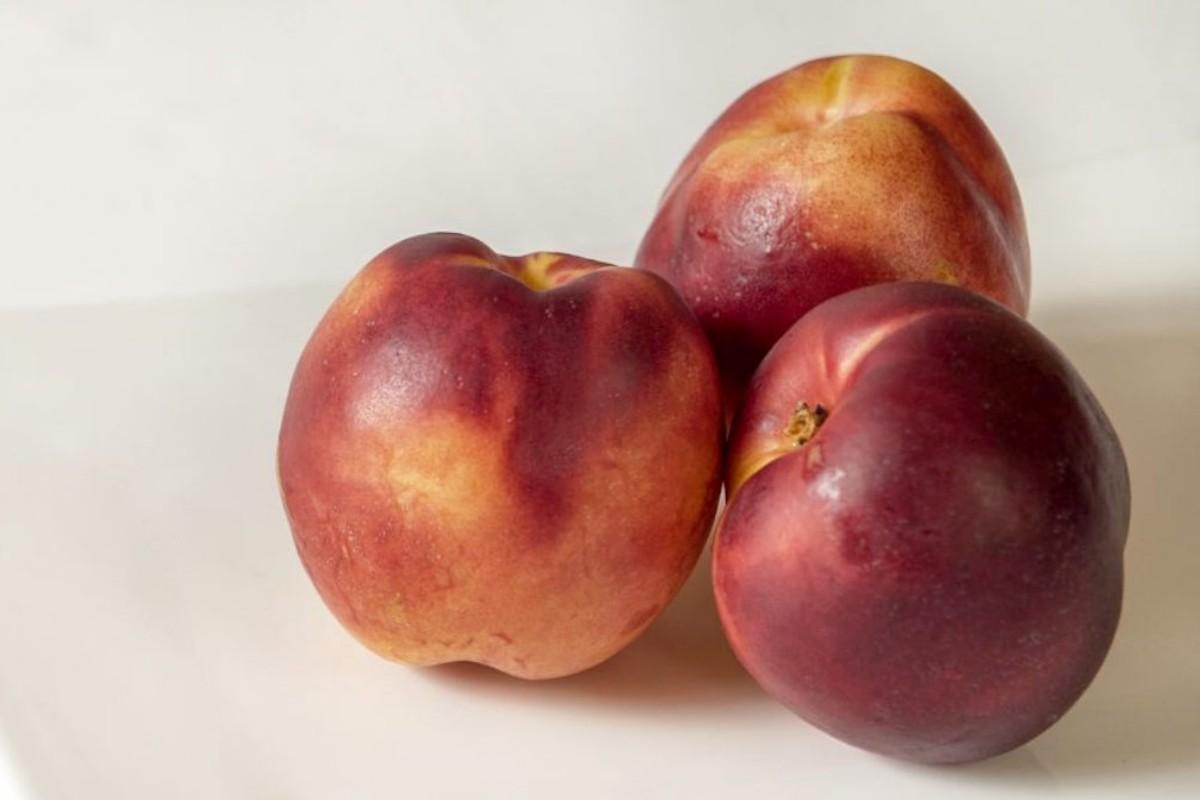
Peaches and Nectarines of Romagna Pgi
Peaches and Nectarines of Romagna Pgi are fresh fruits products produced from different yellow and white varieties. The Igp label attests the origin and guarantees product traceability throughout its production cycle and processing phases.
Piadina Romagnola Pgi
The Piadina or Piada Romagnola Pgi is a product made from wheat flour with addition of water, fat, salt, and some optional ingredients. The product has a color ivory-white with spots of various sizes, characteristics amber hues on both sides, and a fragrant flavor and characteristic odor similar to that of freshly baked bread.
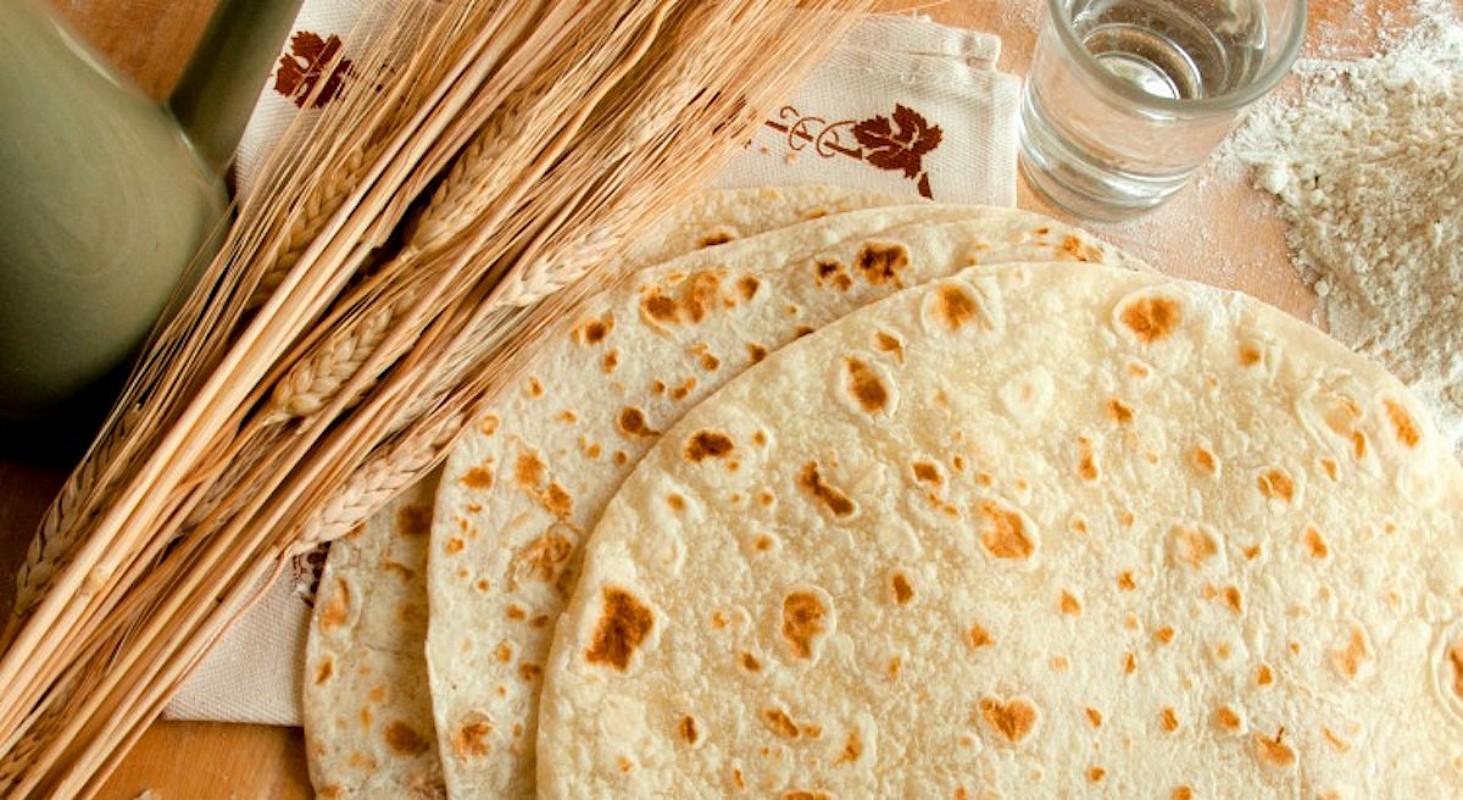
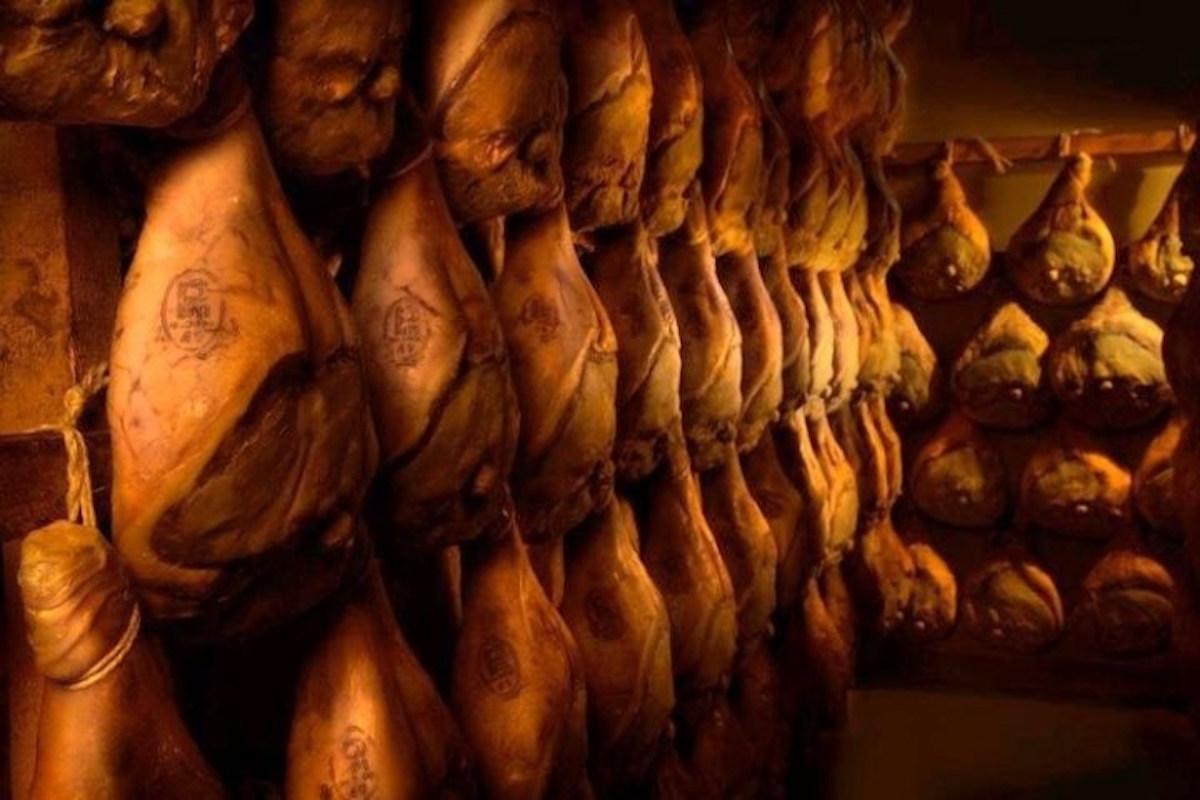
Prosciutto di Modena Pdo
The Prosciutto di Modena Pdo is a lively red ham with a mild and delicate aroma, and a sweet and intense flavour. The brand is protected by the Consorzio del Prosciutto di Modena.
Prosciutto di Parma Pdo
The Prosciutto di Parma Pdo is a source of pride for Italy which exports it all over the world, is renowned for its aroma, flavour, high nutrition value and its characteristic sweet taste.
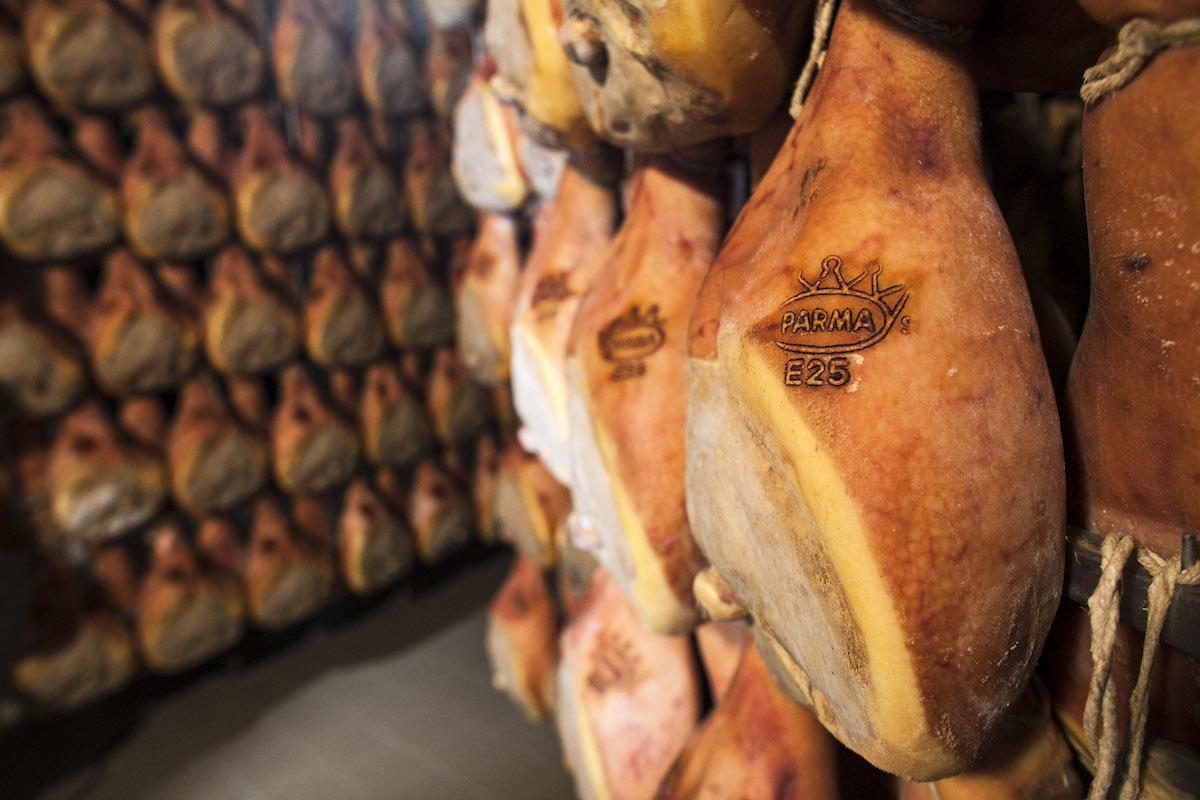
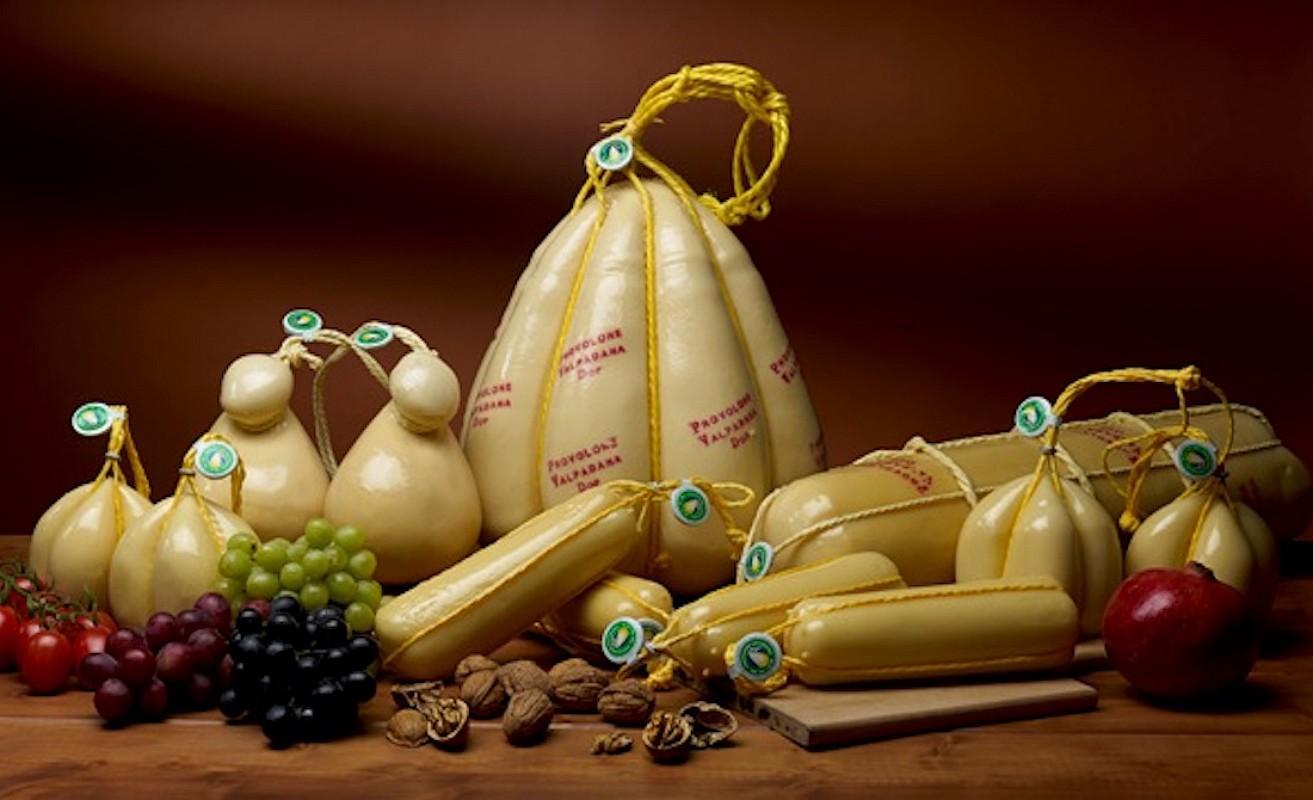
Provolone Valpadana Pdo
The Provolone Valpadana Pdo is a type of cheese produced mainly in Northern Italy, although its origin is linked to the ‘kneaded paste cheese’ dairy art typical of Southern Italy.
Po Delta Rice PGI
The Po Delta Rice PGI is grown on an area of about 950 hectares stretching from the municipality of Rovigo in the Veneto region to the municipality of Ferrara in the Emilia-Romagna region. It features a big, crystal-clear and compact grain, has a high protein content, and may be white or wholegrain.
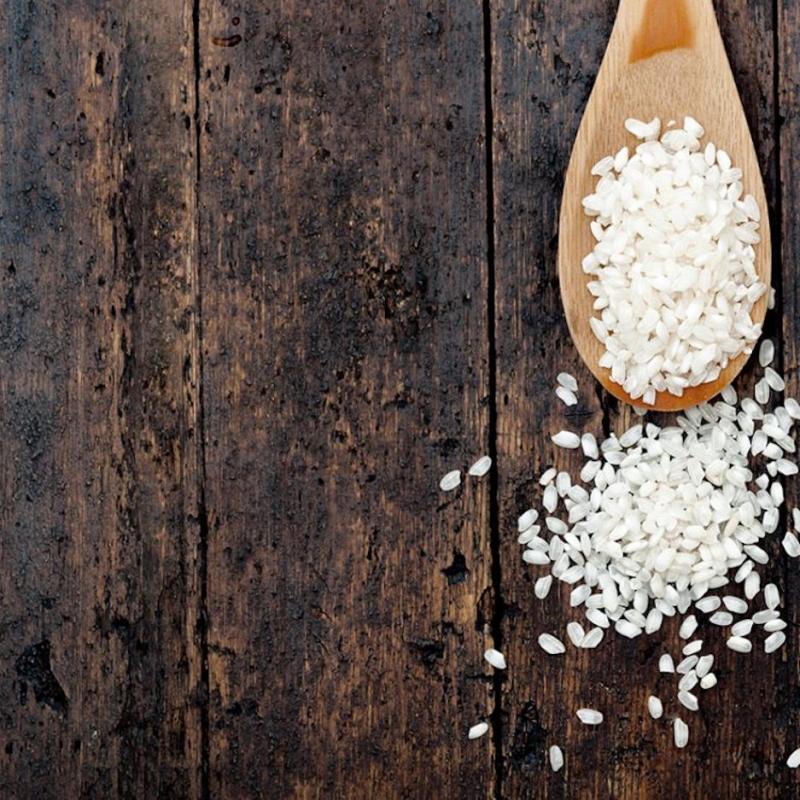
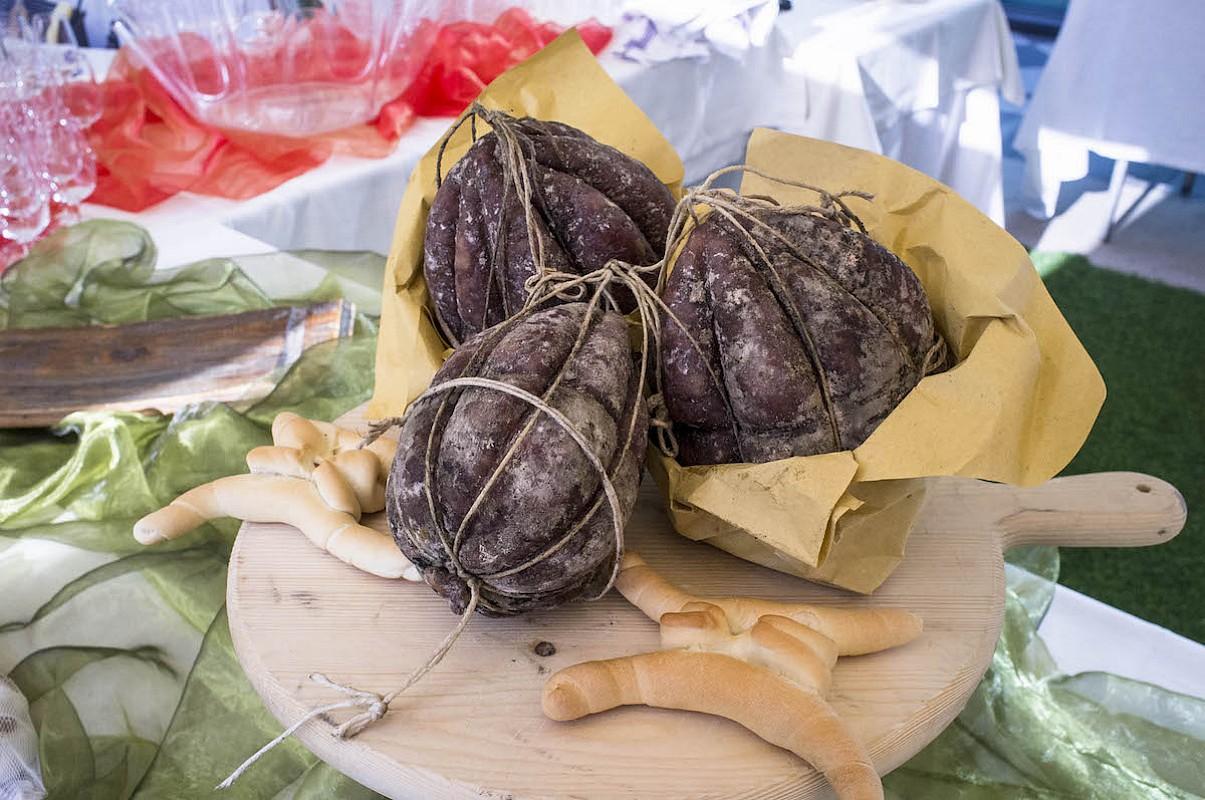
Salama da sugo PGI
The "Salama da sugo" is a typical product of the Ferrara area made by mixing several bagged and seasoned pork meats. One of its distinguishing features is the use of wine and spices for the seasoning and the aging in particular environment. It is made since the Renaissance period, when its 6/8 melon slice shape was conceived.
Salame di Cremona Pgi
The Salame of Cremona Pgi is obtained from the processing of selected pork meat, seasoned with salt and ground garlic, and made into sausages using natural pig, bovine, ovine or horse bowels. The production specification requires the use of meat obtained from pigs raised in Italy.
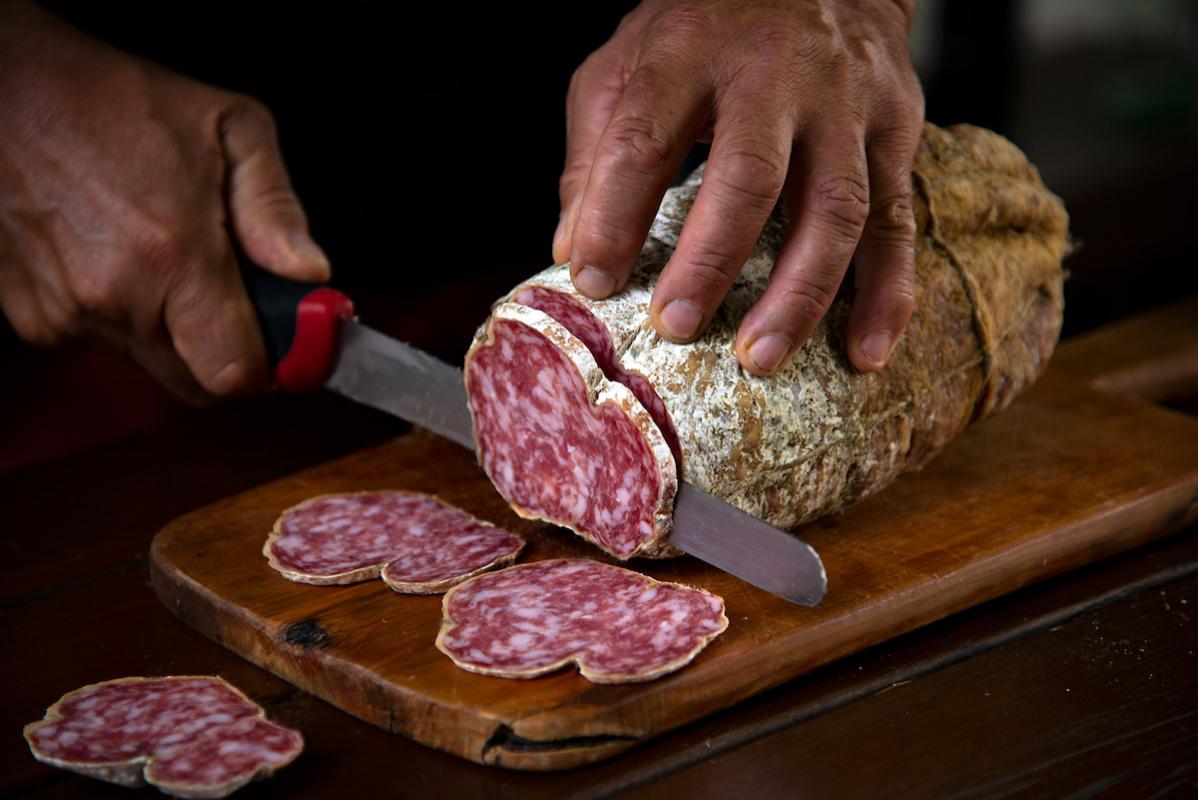
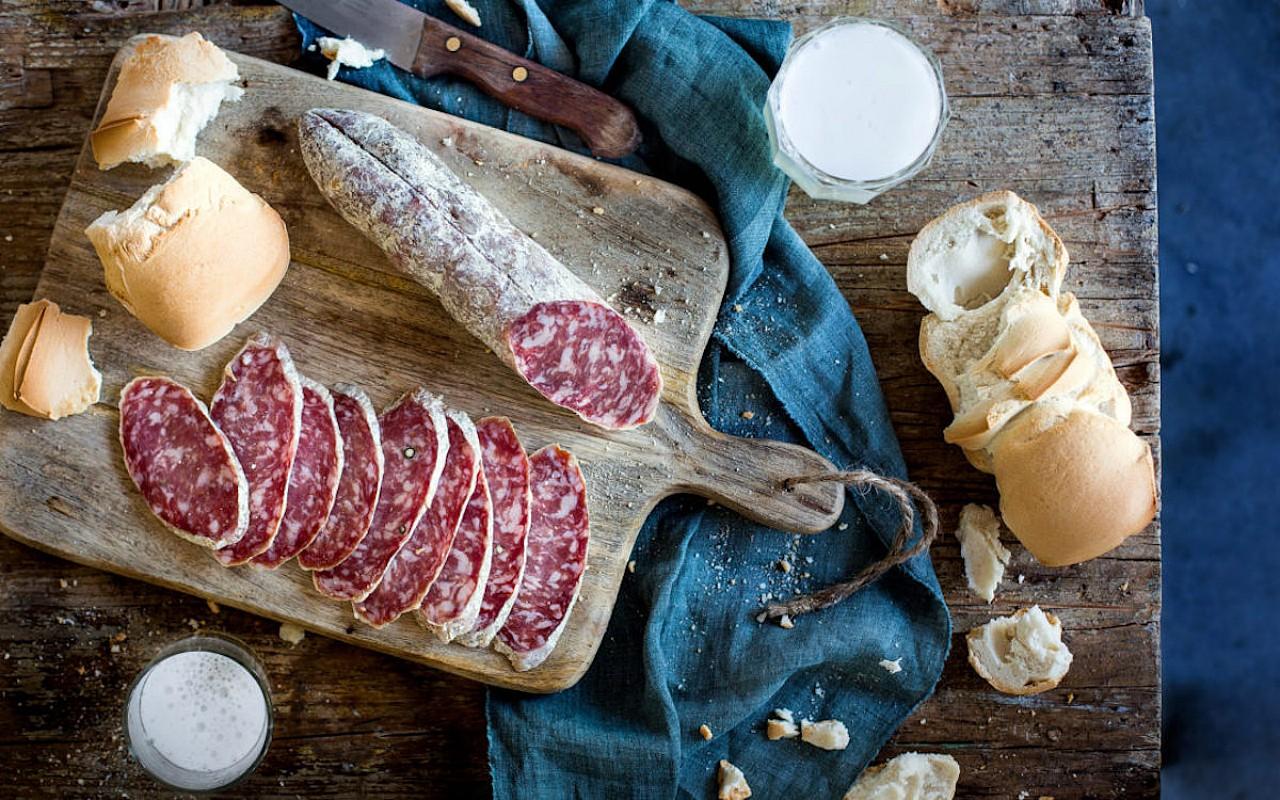
Salame di Felino PGI
The production area of the Salame di Felino is the entire province of Parma. It is prepared with pure pork meat carefully selected. Salt, peppercorns, nitrate, pepper and crushed garlic are added. The taste is sweet and delicate. It is bagged esclusively in natural gut.
Salame Piacentino PDO
The Salame Piacentino Pdo is made from salt and cured pork lean meat to which a small quantity of fat is added. When cut, the inside has a lively red colour. It is produced in the province of Piacenza.
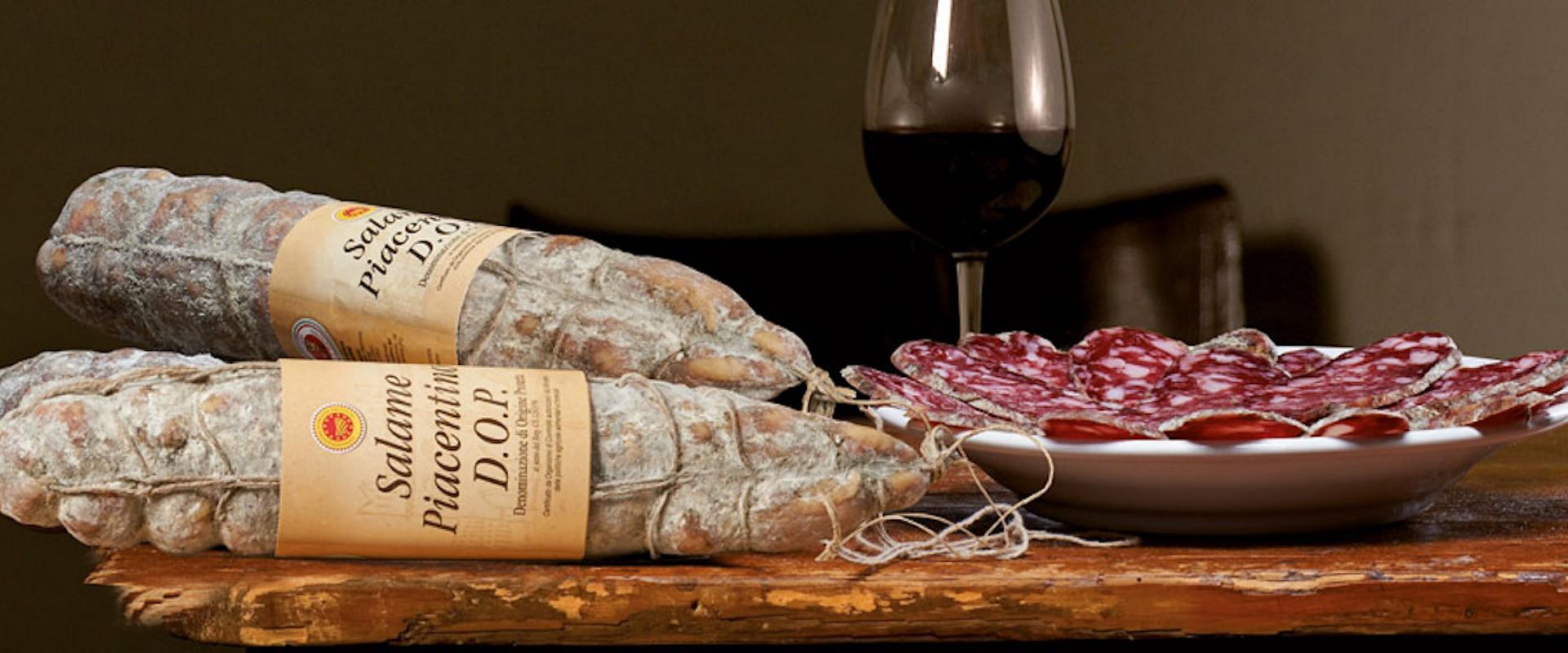
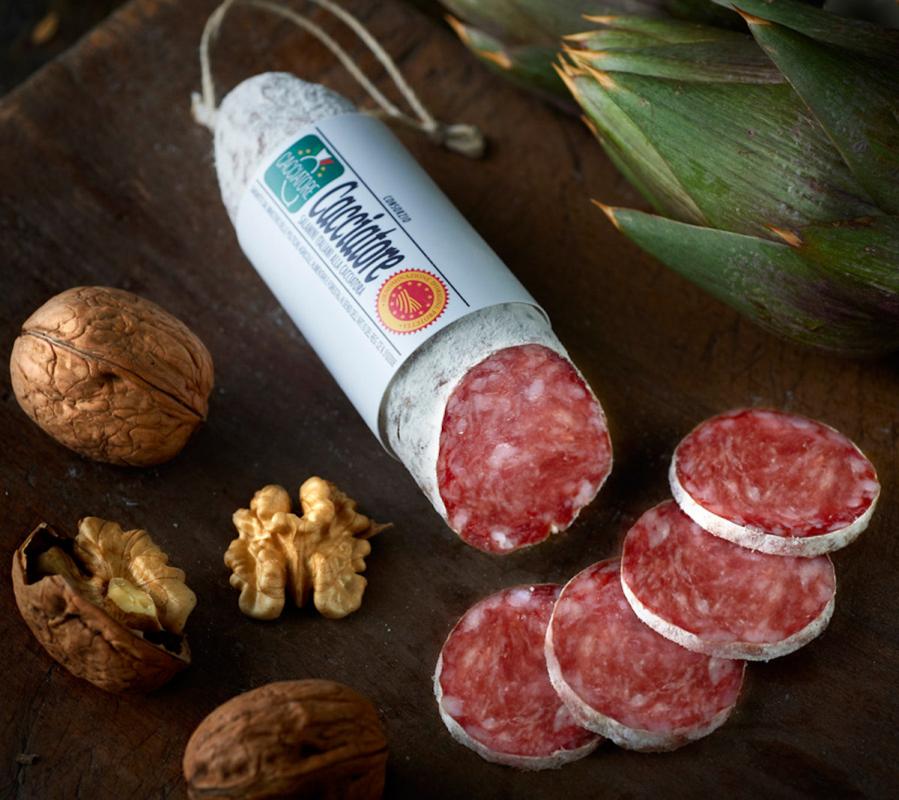
Italian Salamini alla cacciatora PDO
This type of salami is made from pork lean meat, is small in size with a maximum weight of 500 grams, cylindrical, It is ruby red in colour and speckled with minute and uniform grains of fat.
Shallot of Romagna PGI
The shallot of Romagna Pgi is a savoury aromatic bulb that plays a special role in cooking.
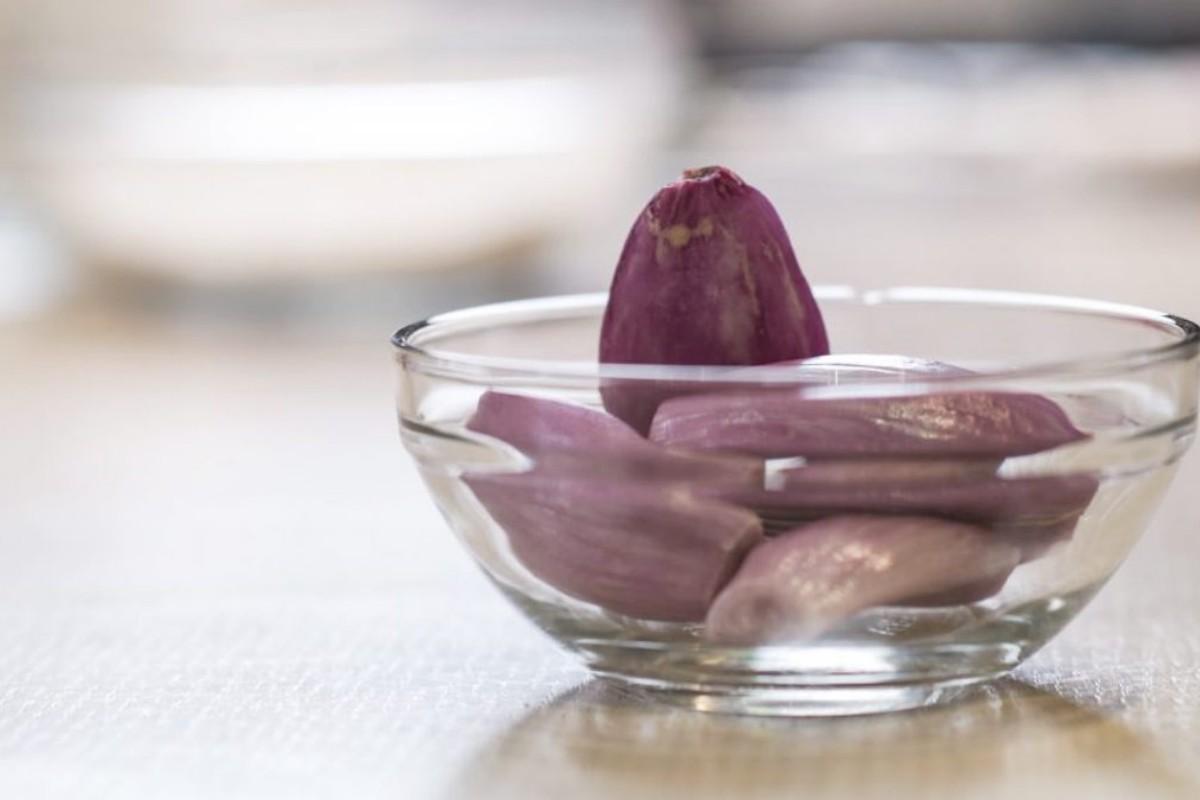
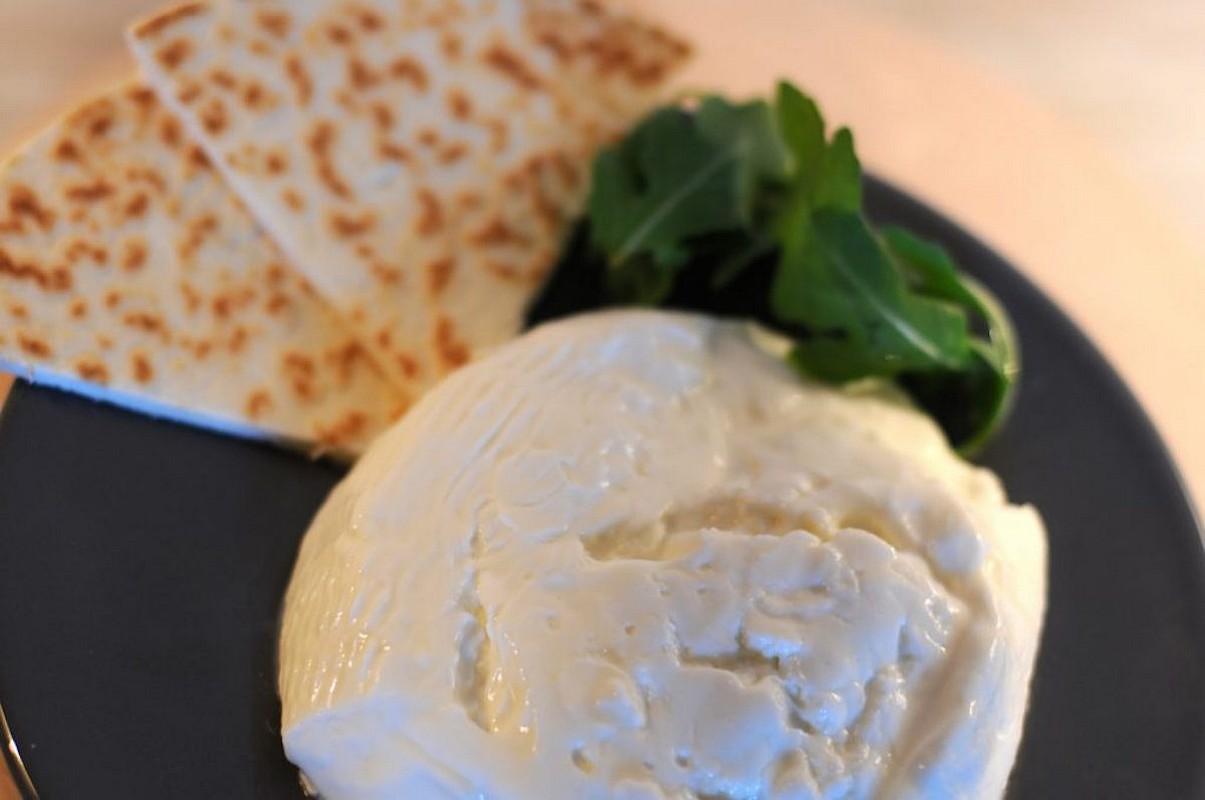
Squacquerone cheese PDO
Squacquerone is a fresh cheese produced in the provinces of Forlì, Ravenna, Rimini, Imola, Ferrara and Bologna. it is one of the most typical cheeses of romagna: it is used as an ingredient in cappelletti (small hat-shaped pasta) and goes perfectly on piadina bread.
White Bullock of the Central Appenines PGI
The Pgi label is reserved to the meats produced from male and female bovines of pure Chianina, Marchigiana and Romagnola breeds, with an age ranging from 12 to 24 months. The veals must be fed naturally by their mothers until weaning. It is common in the provinces of Rimini, Forlì-Cesena, Bologna, Ravenna, and Pesaro-Urbino.
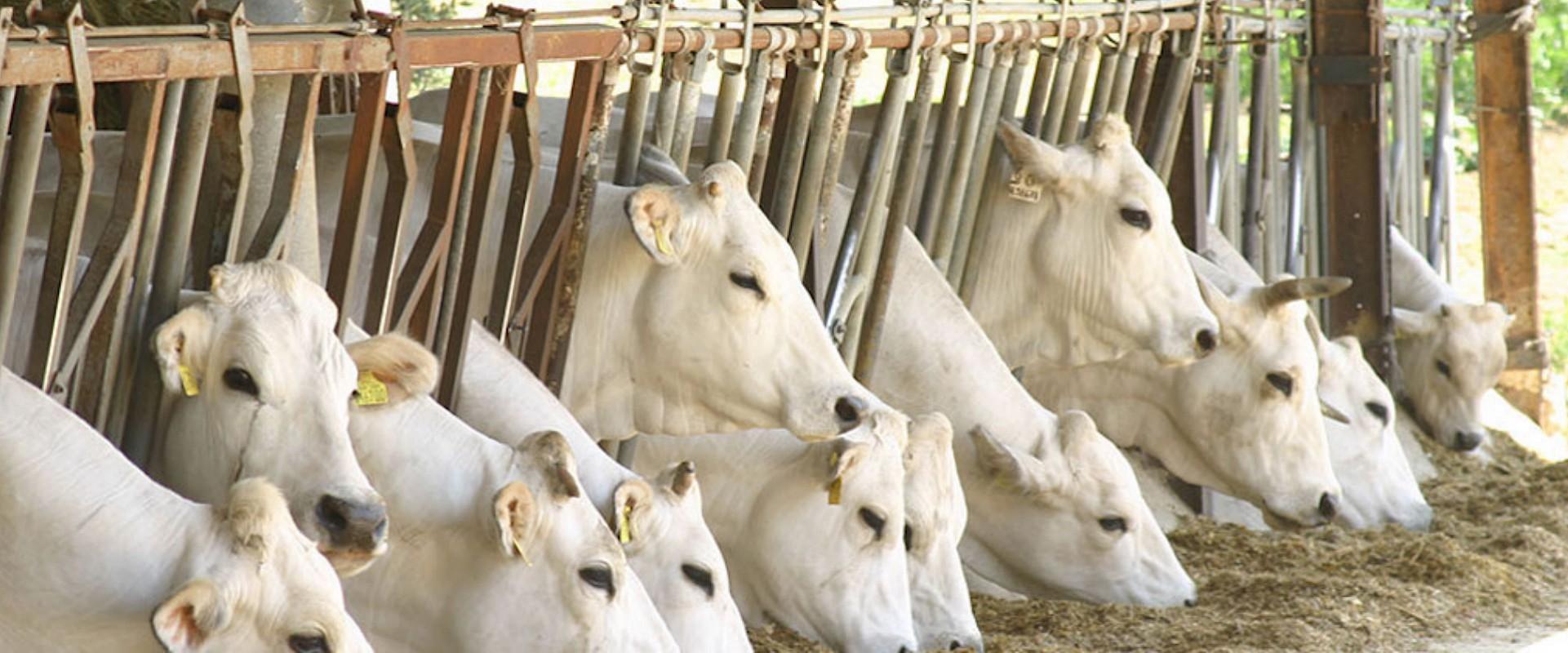

Zampone di Modena PGI
The Zampone is a wise mix of pigskin and pork fat parts, seasoned with aromas and made into a sausage in the typical empty trotter. The zampone is sold fresh, after drying in a stove, and precooked.
